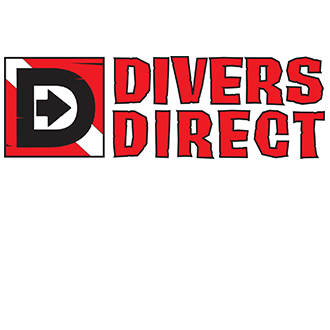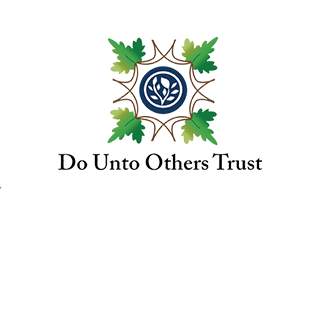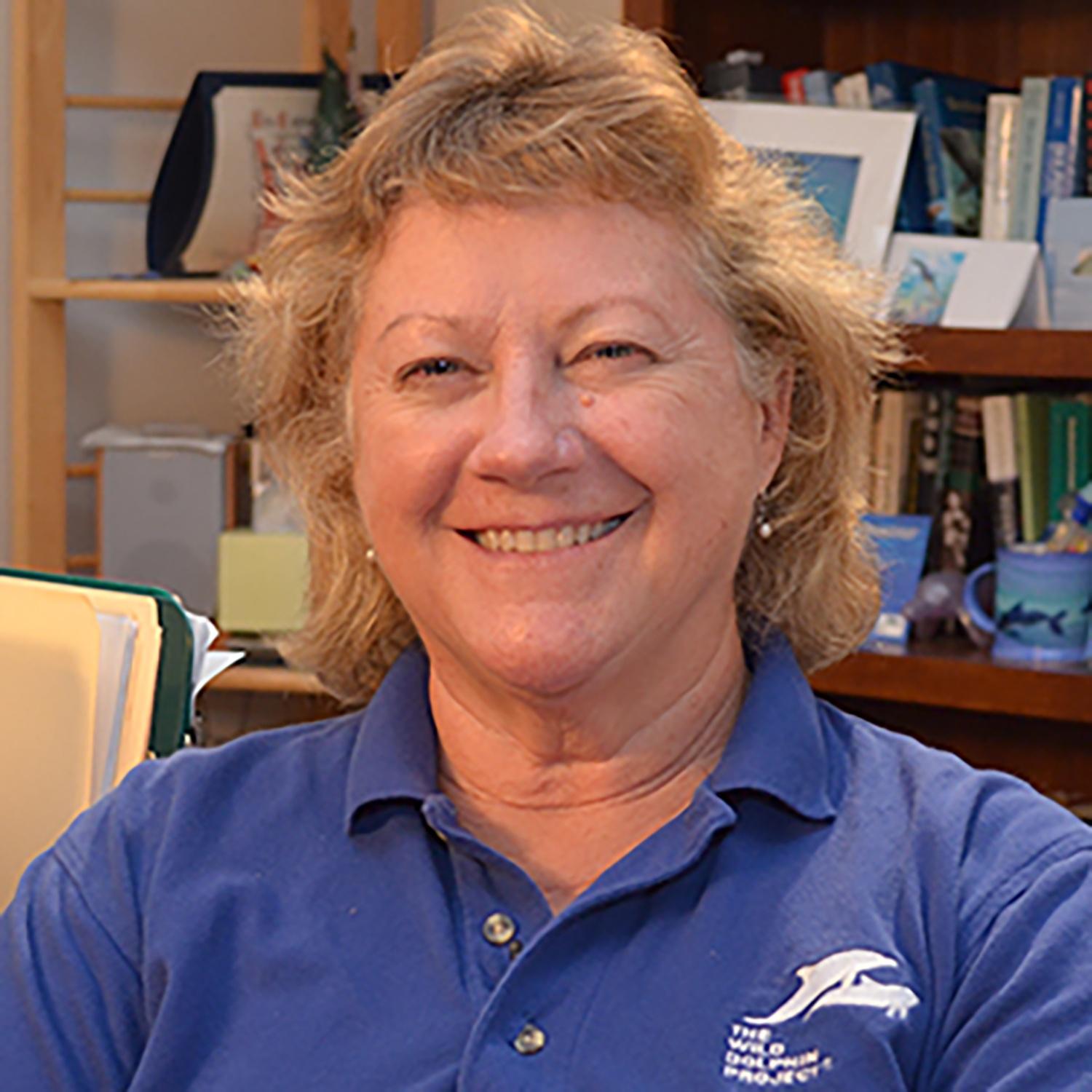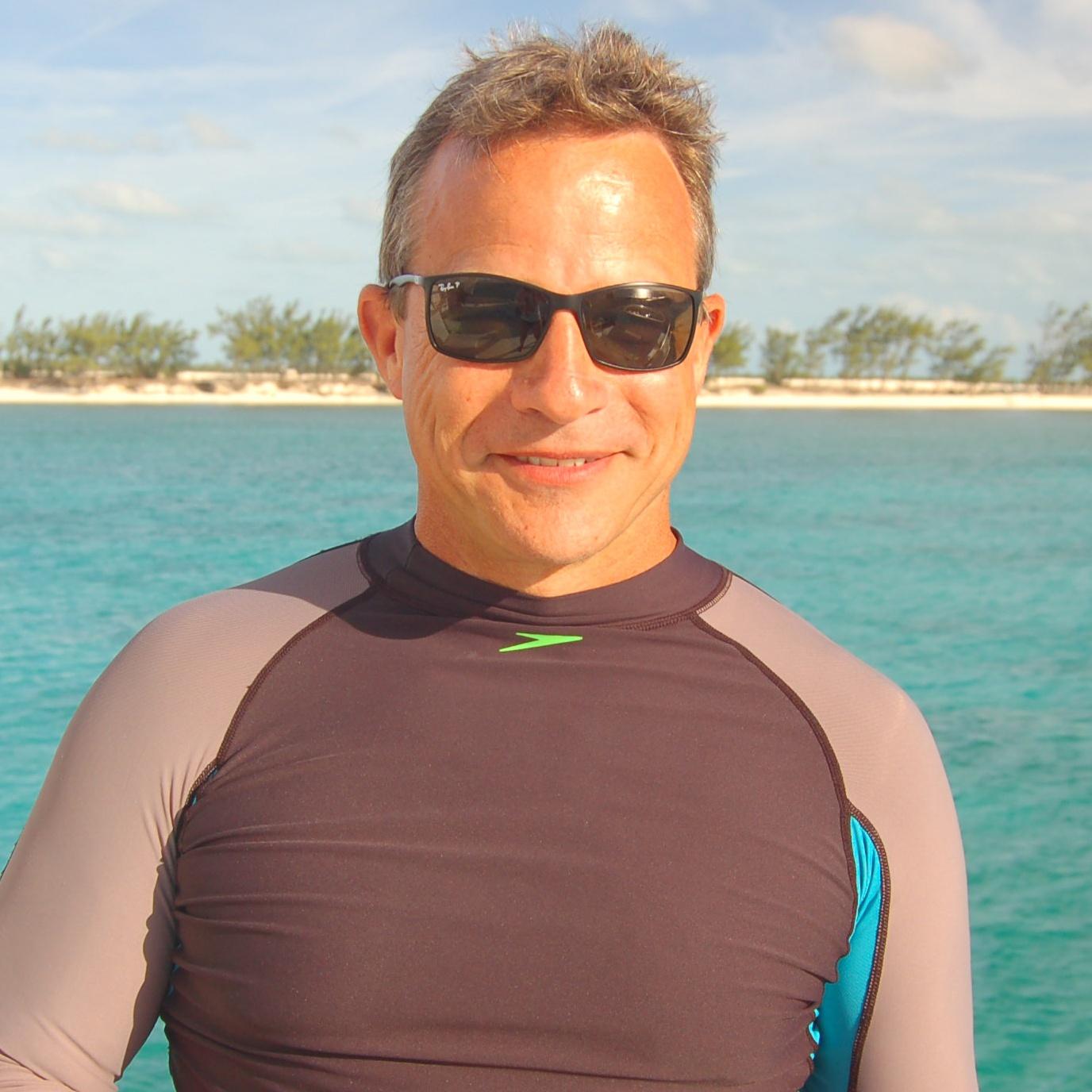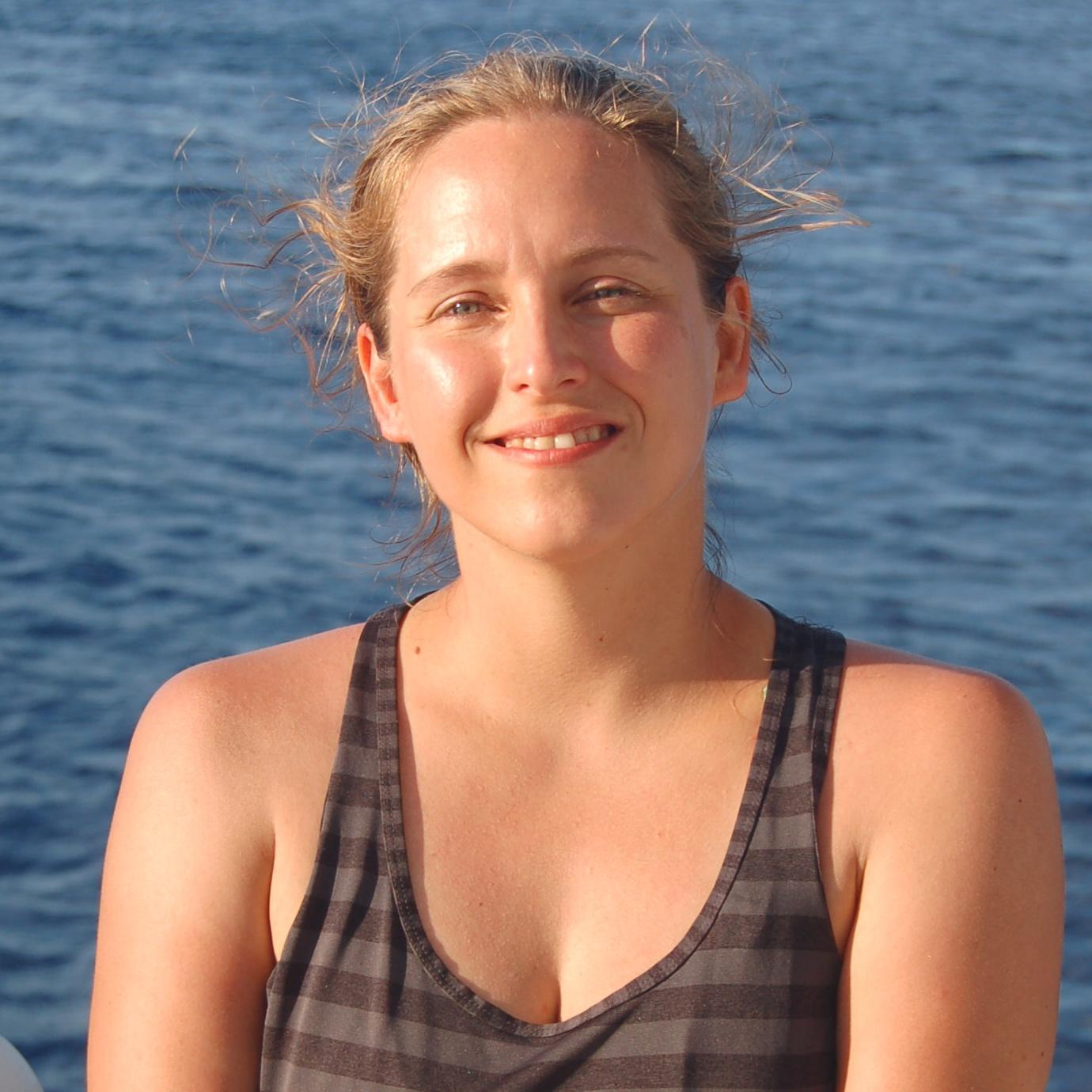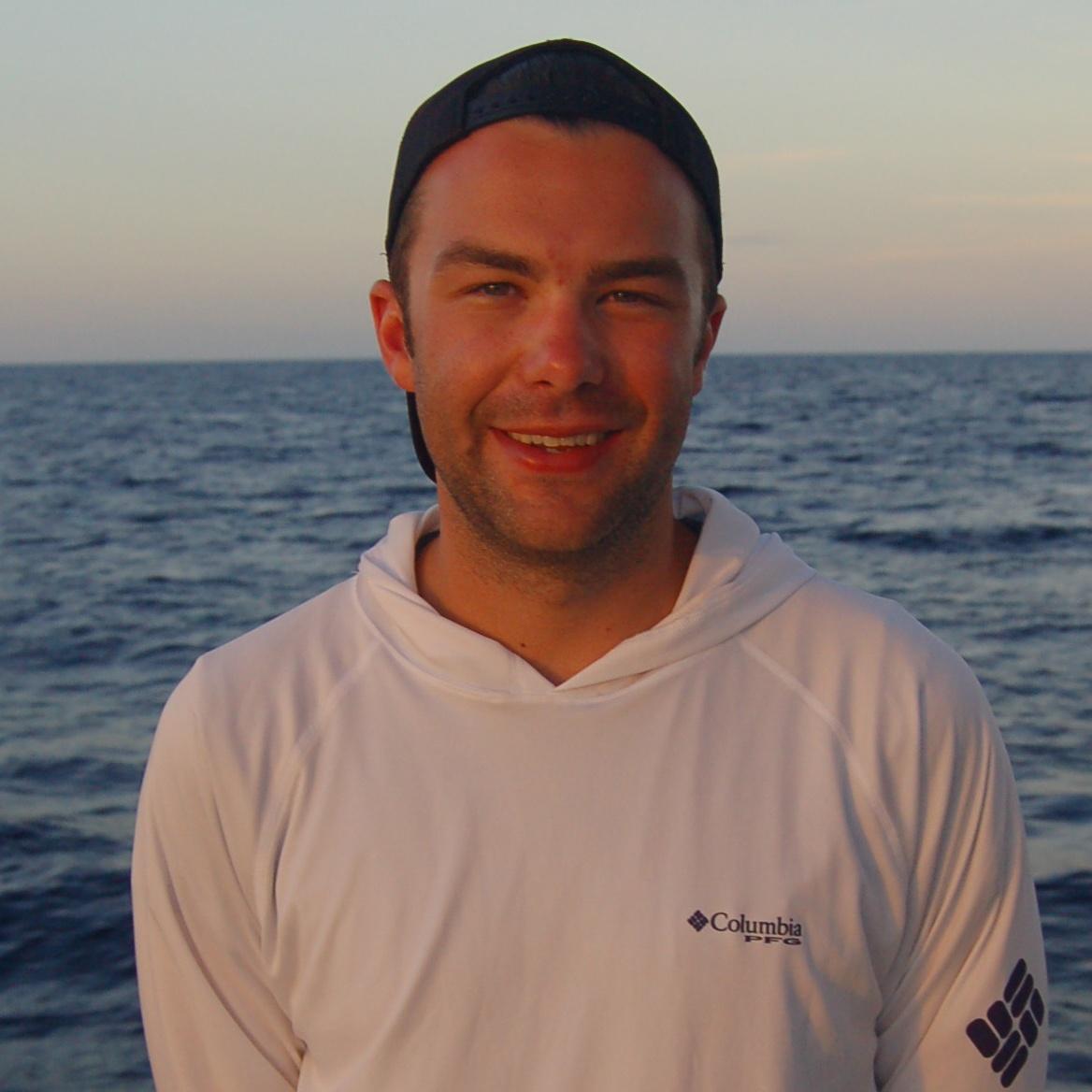Episode 1001: Dolphins: Breaking the Code
Denise Herzing, Ph.D. has dedicated her career to studying a community of wild Atlantic spotted dolphins that live in the shallow, crystal clear waters of the Bahamas. Since 1985 she has researched the animals’ social structure, behaviors and communication through non-invasive, in-water observation. This “hands-off” approach allows Herzing and her team to gain the trust of the animals and study their natural behaviors. Each field season, information is added to a large database which includes topside and underwater photographs to keep track of individuals and document their reproductive and health status as well as social associations.
During in-water dolphin encounters, experts record video and sound of the animals in an effort to decode dolphin communication. In addition to deciphering the dolphins’ vocalizations, Herzing and collaborators are also exploring two-way communications between the researchers and the animals using a custom-made underwater acoustic interface called “CHAT.”
Experts
Meet the experts featured in this episode.
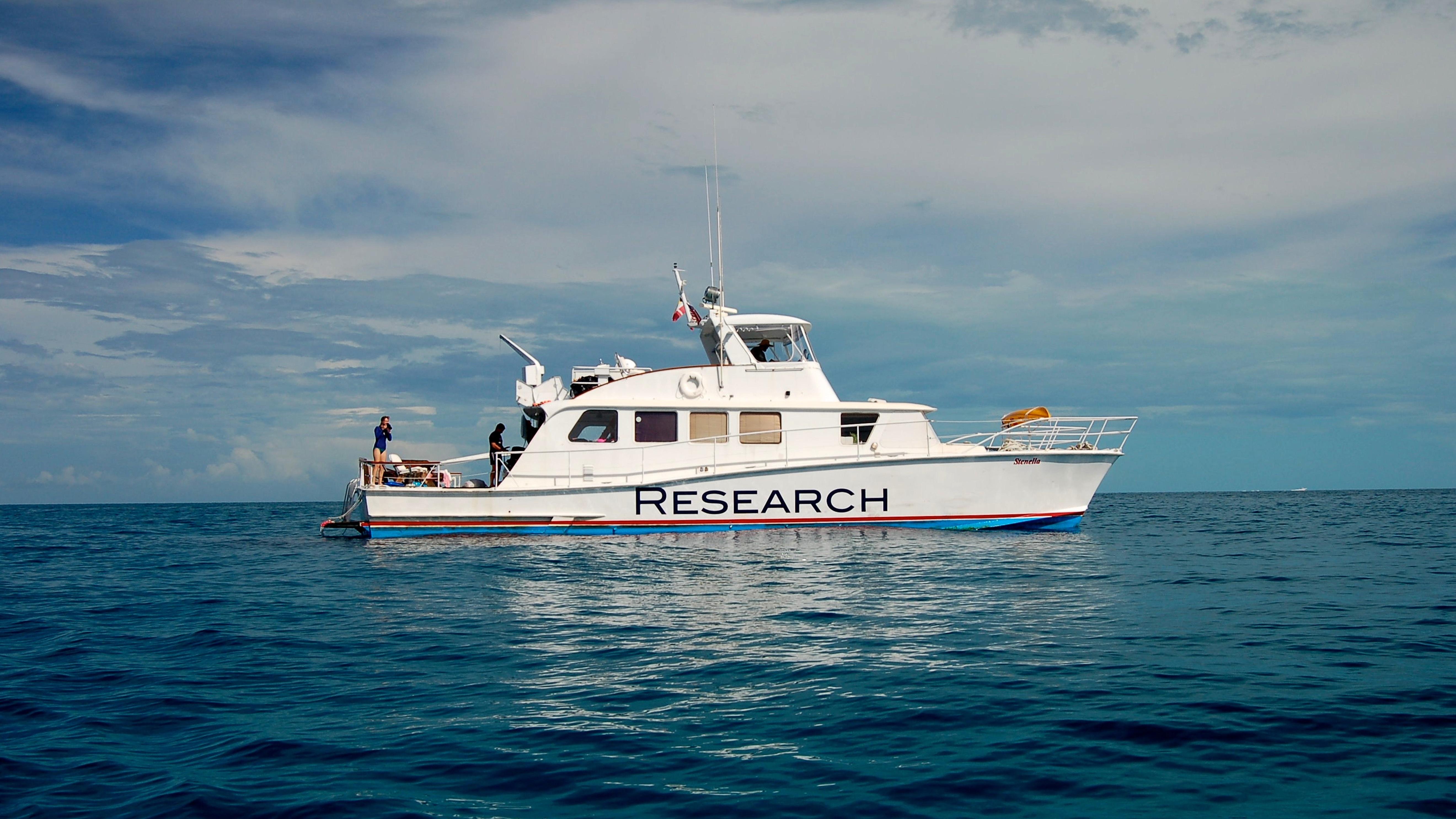
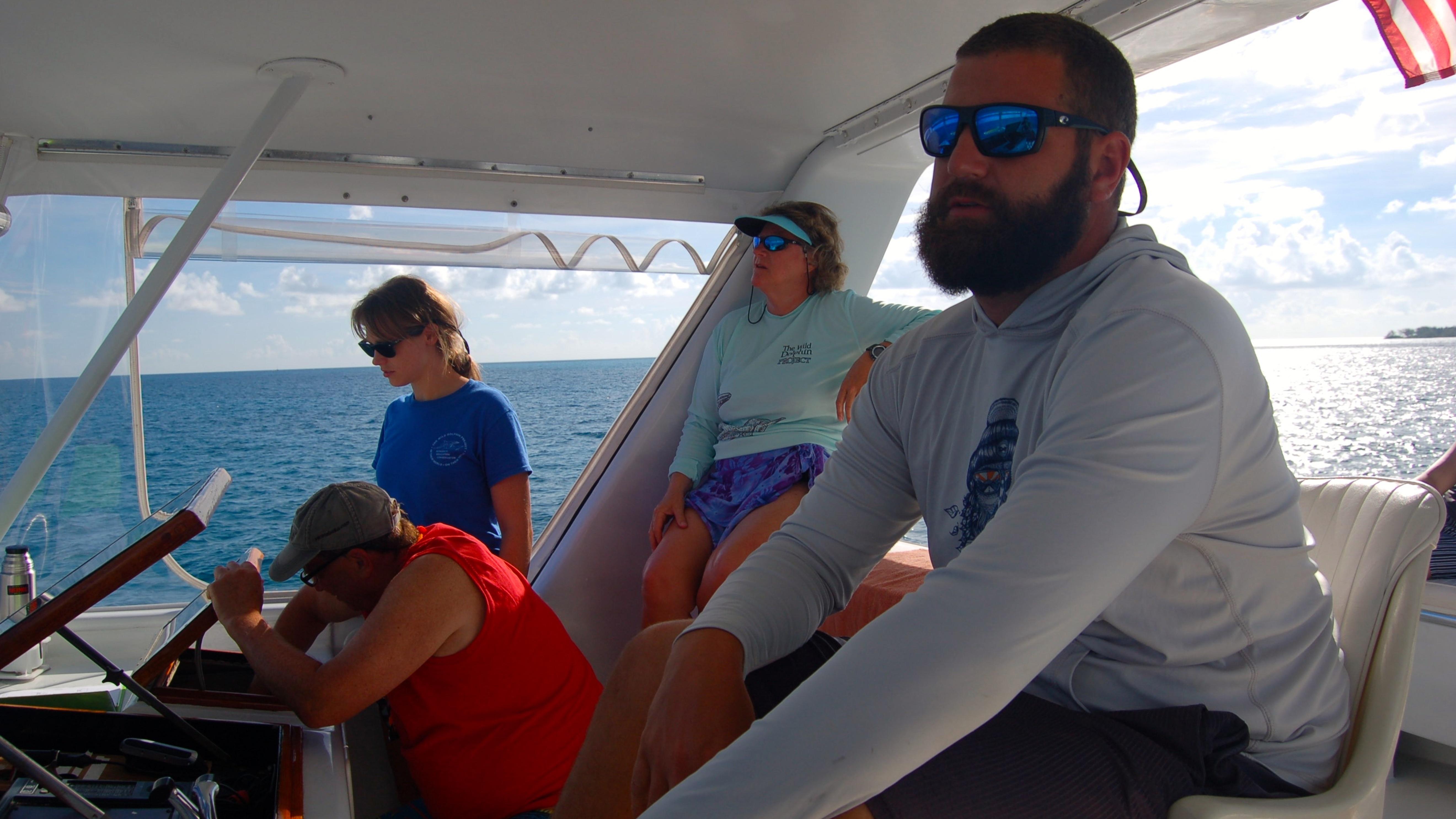
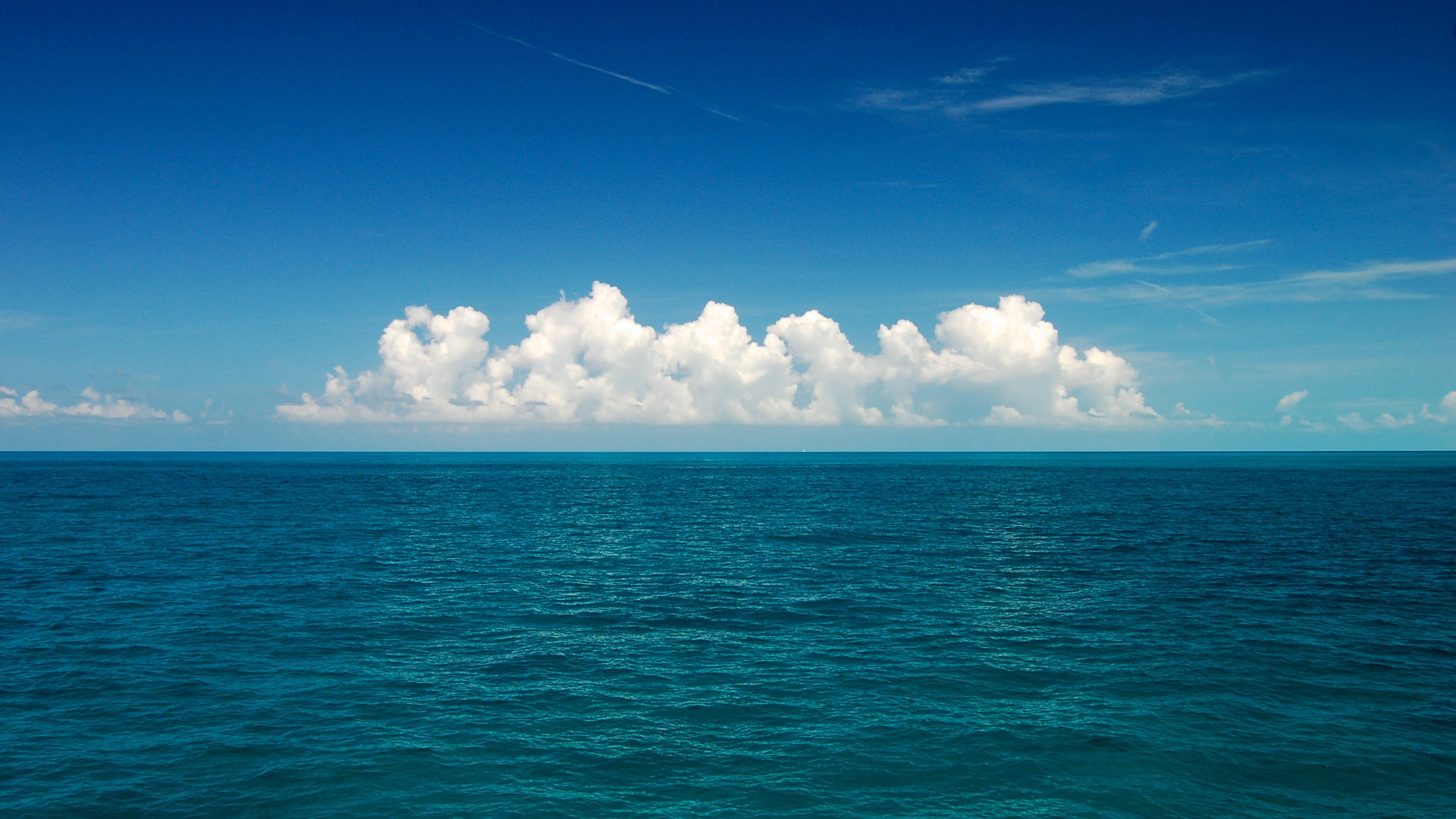
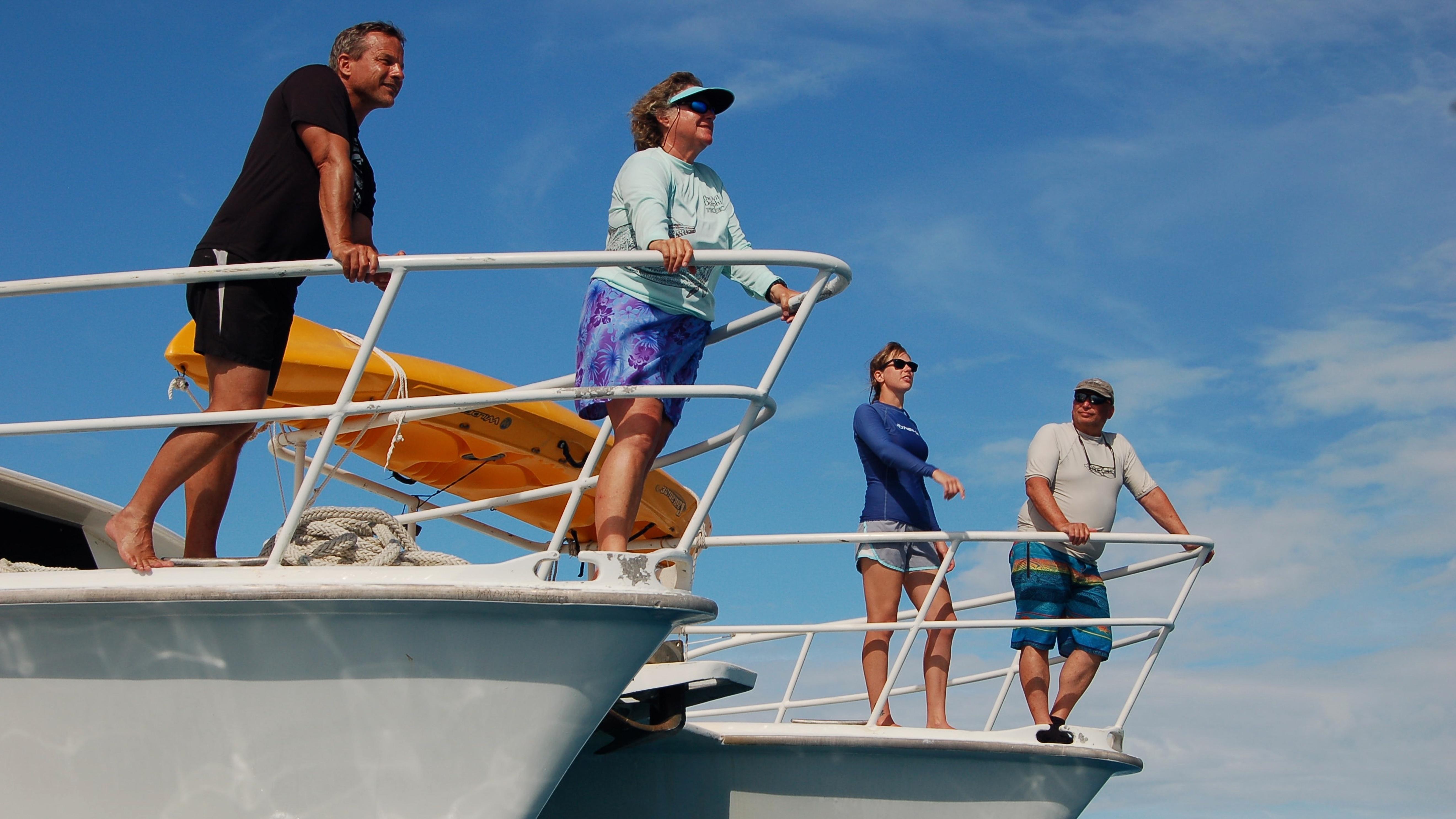
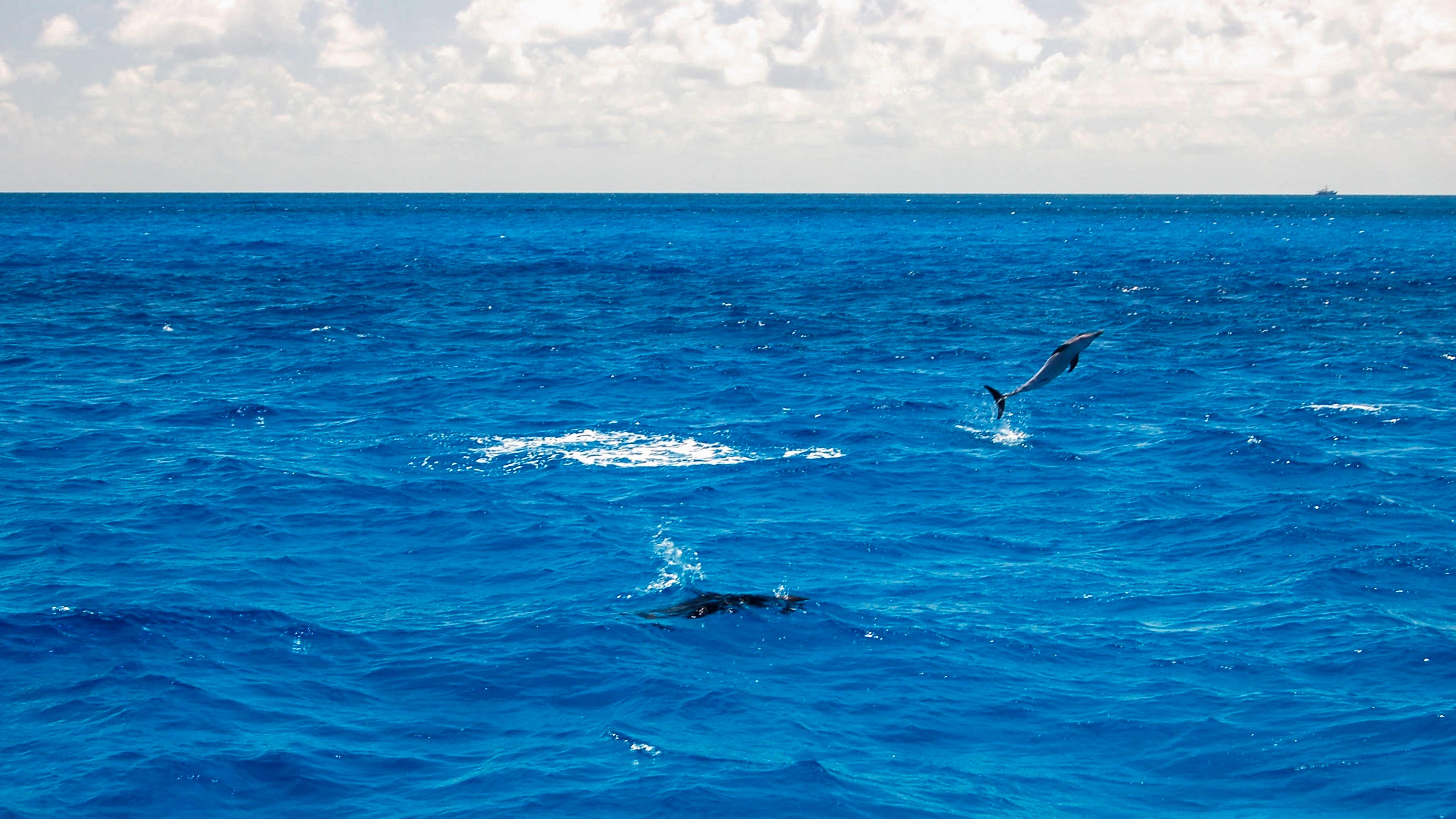

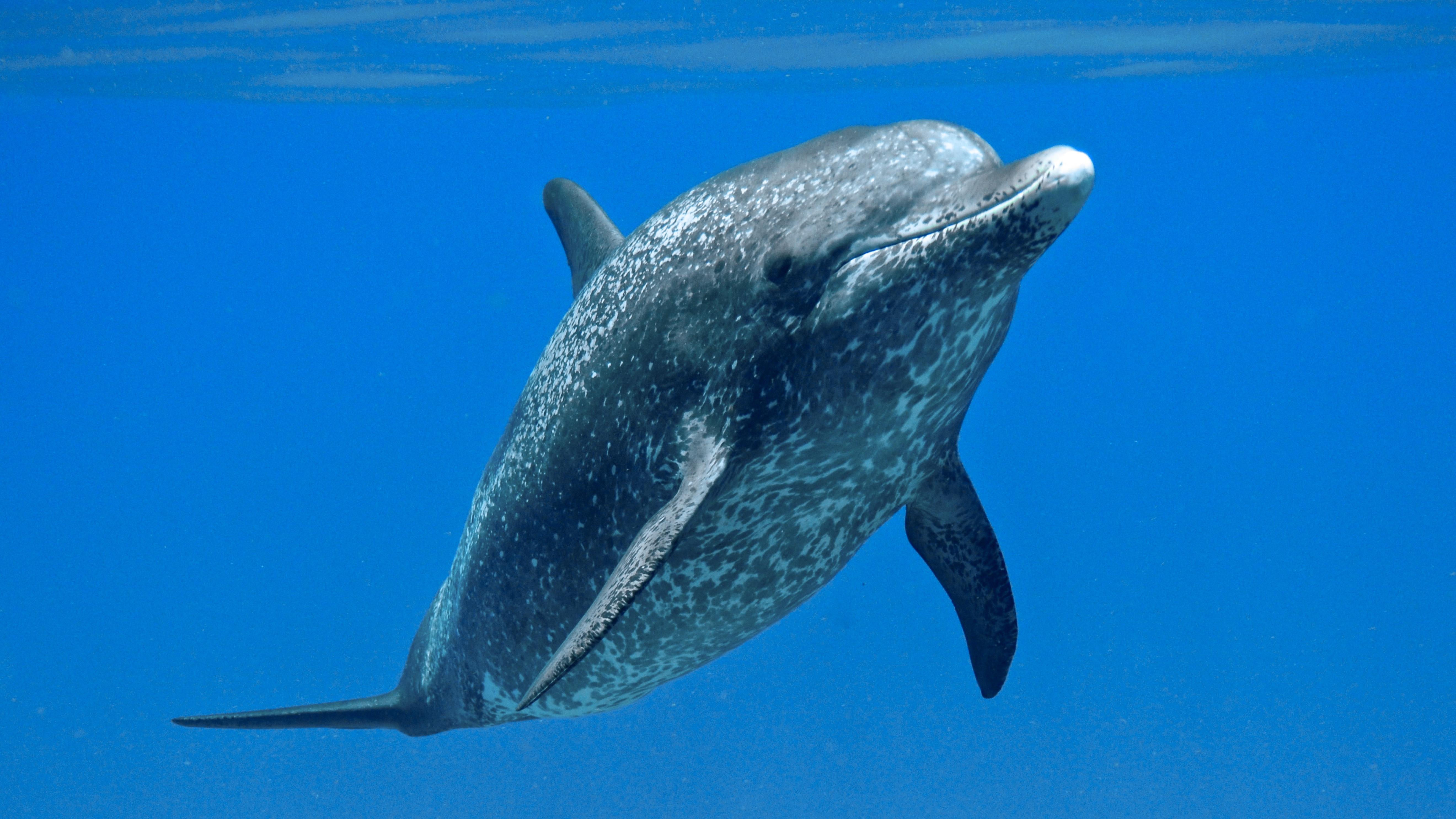
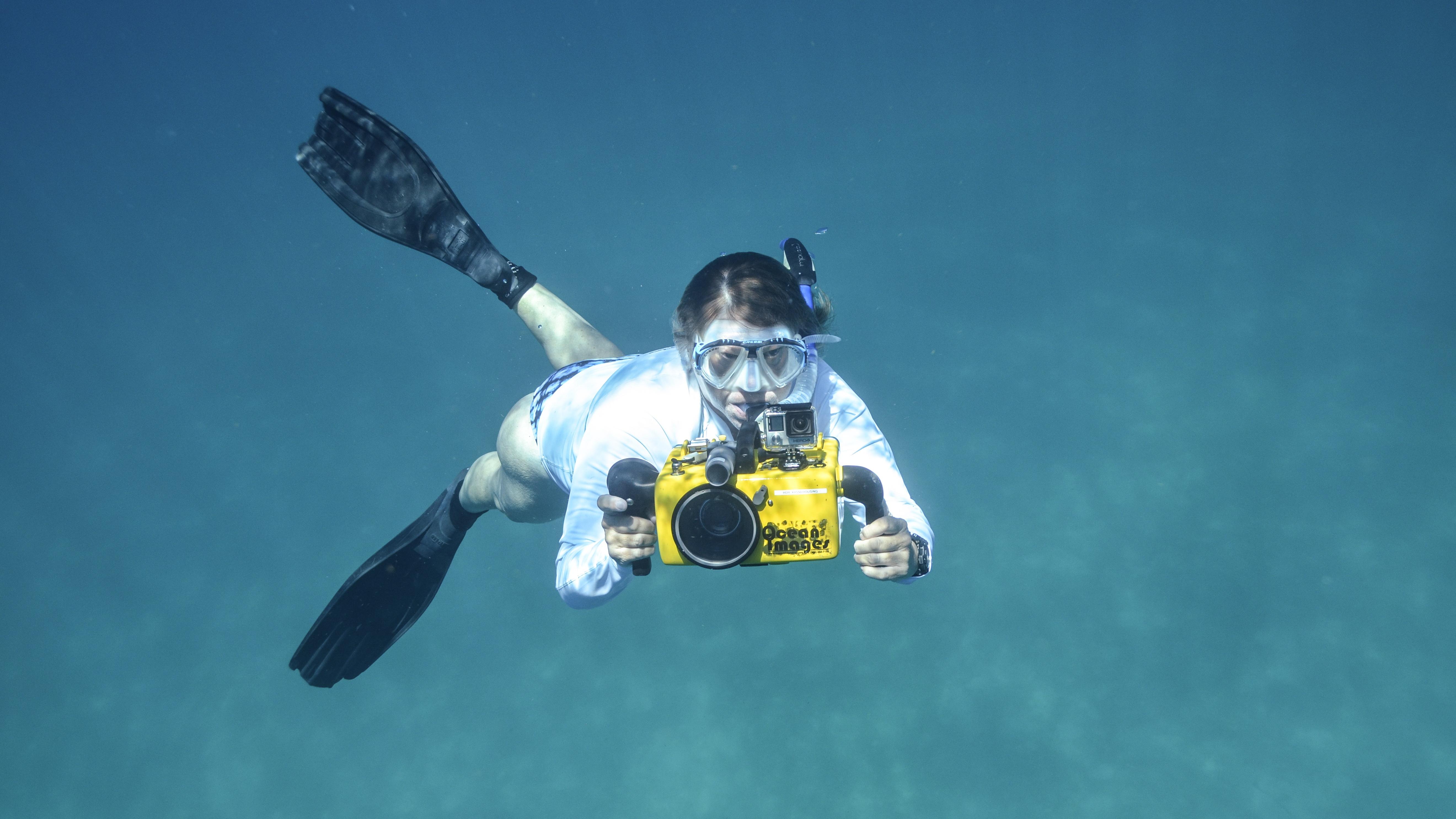
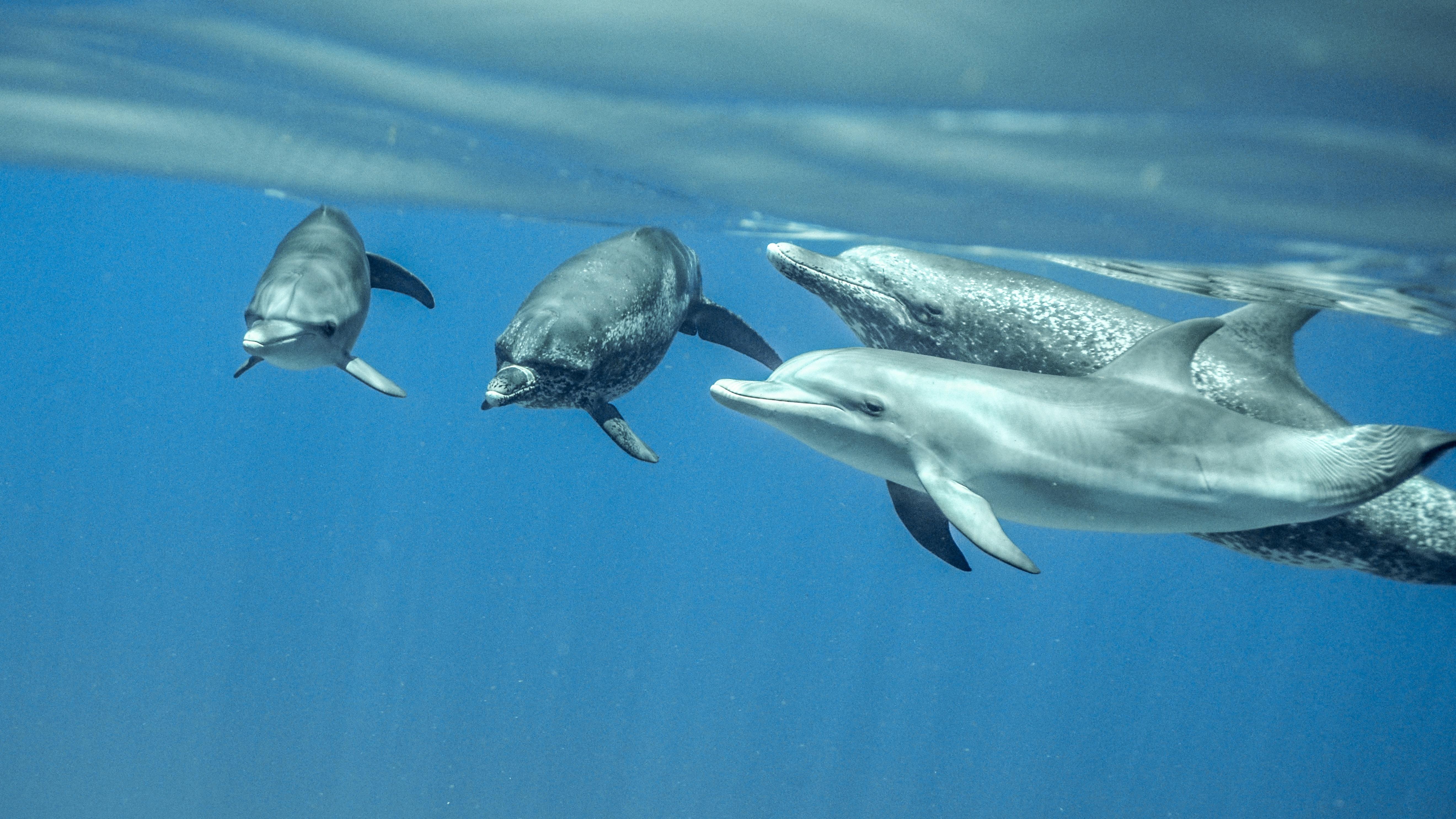
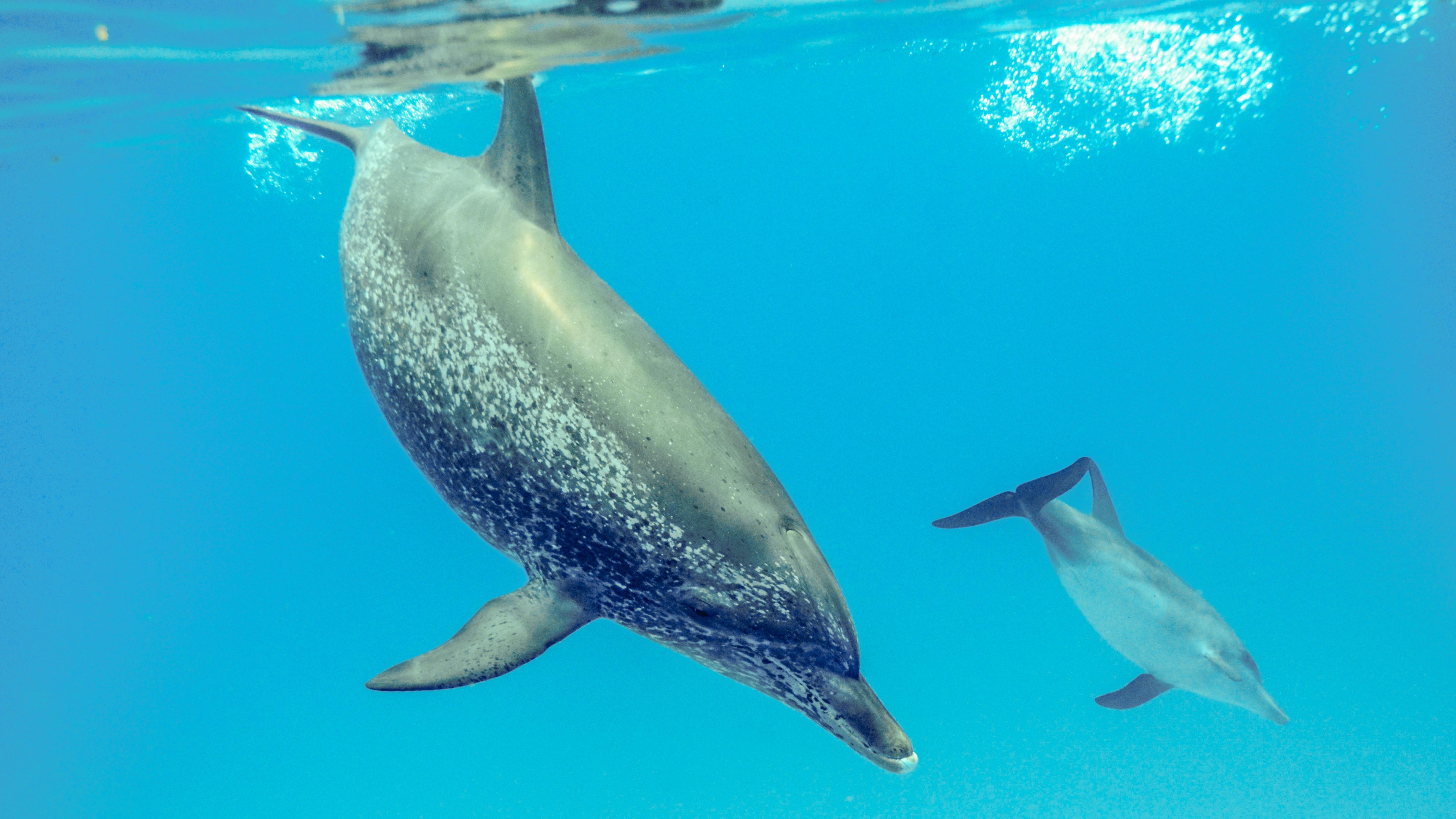
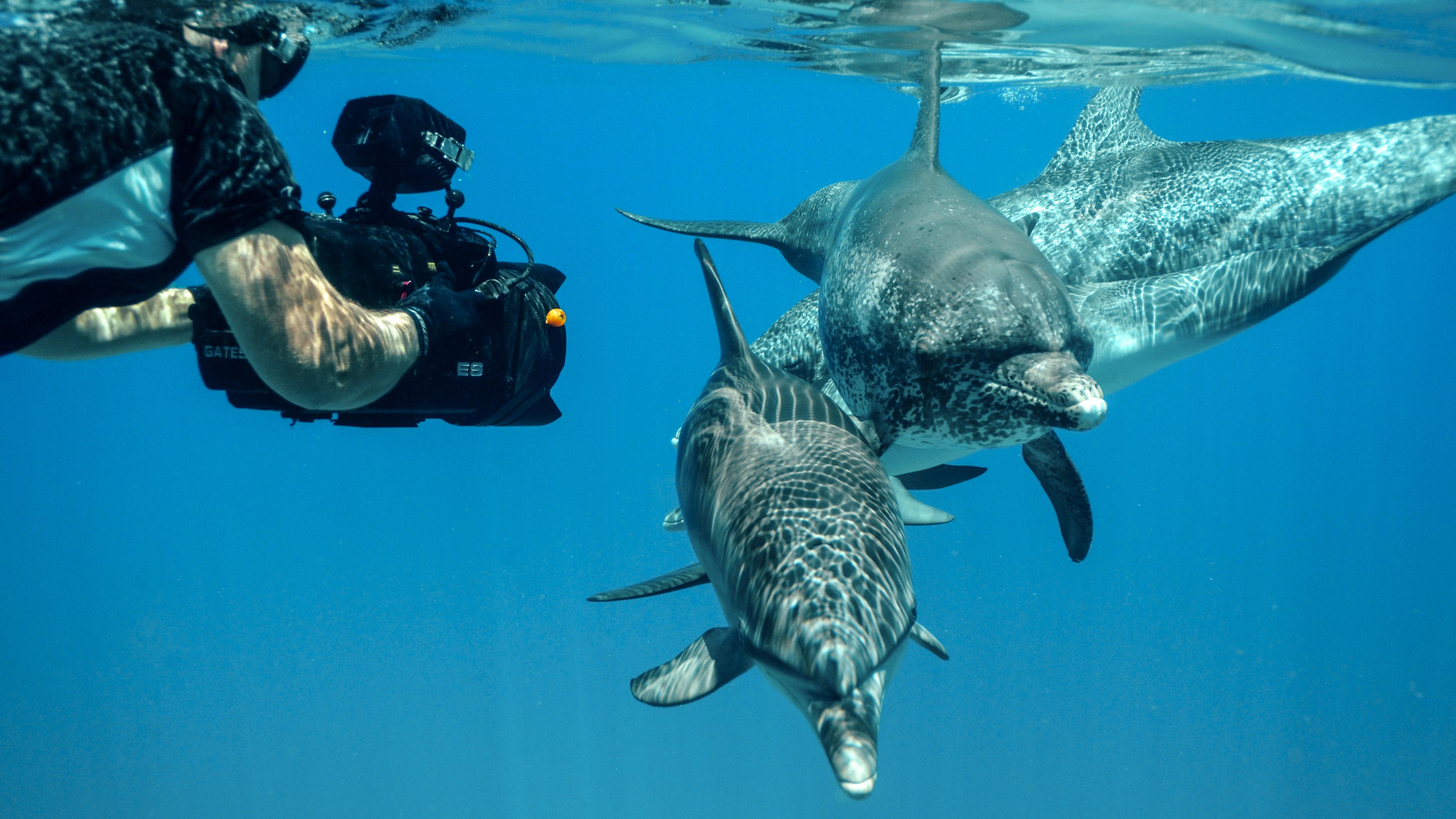
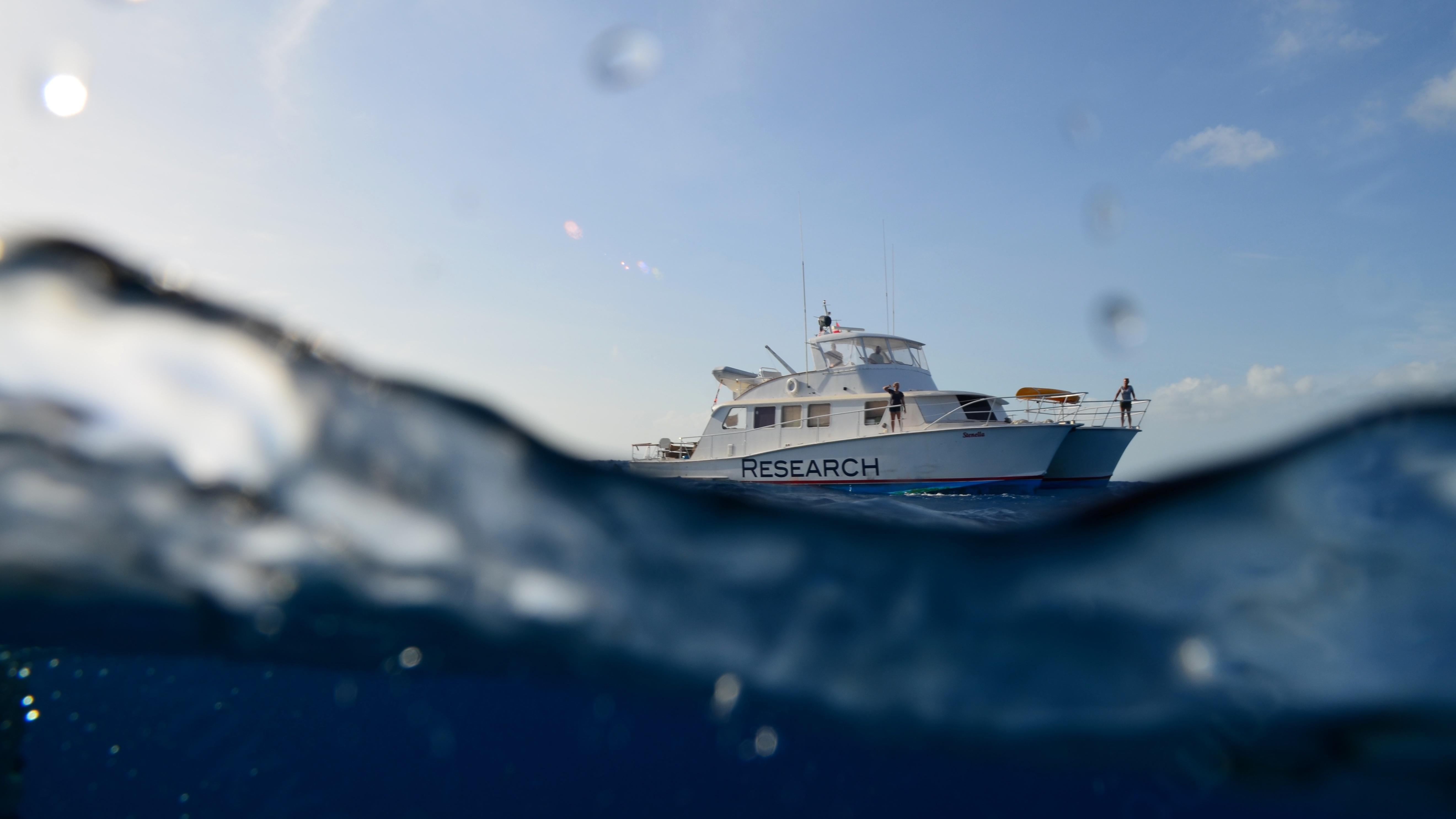
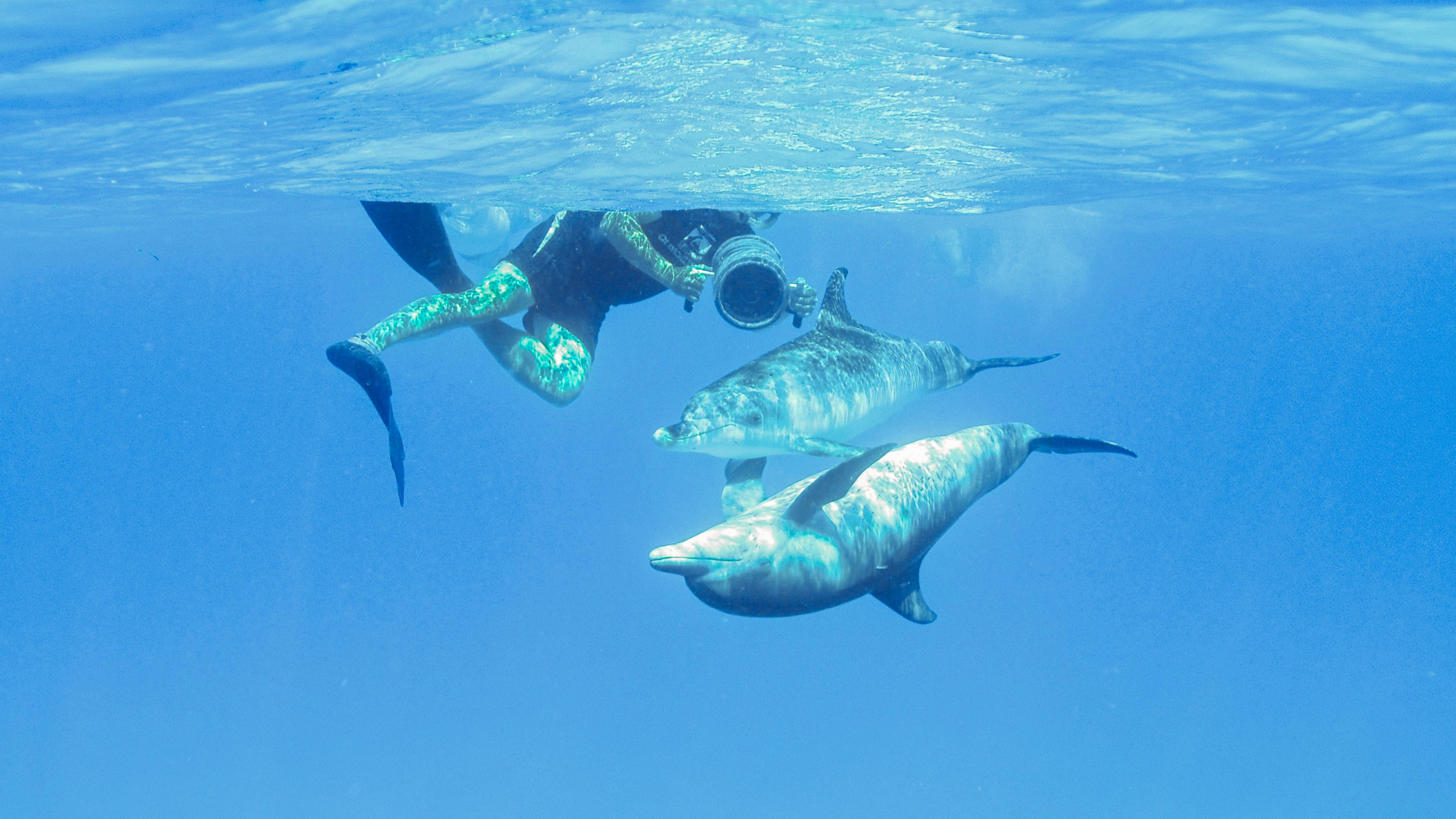
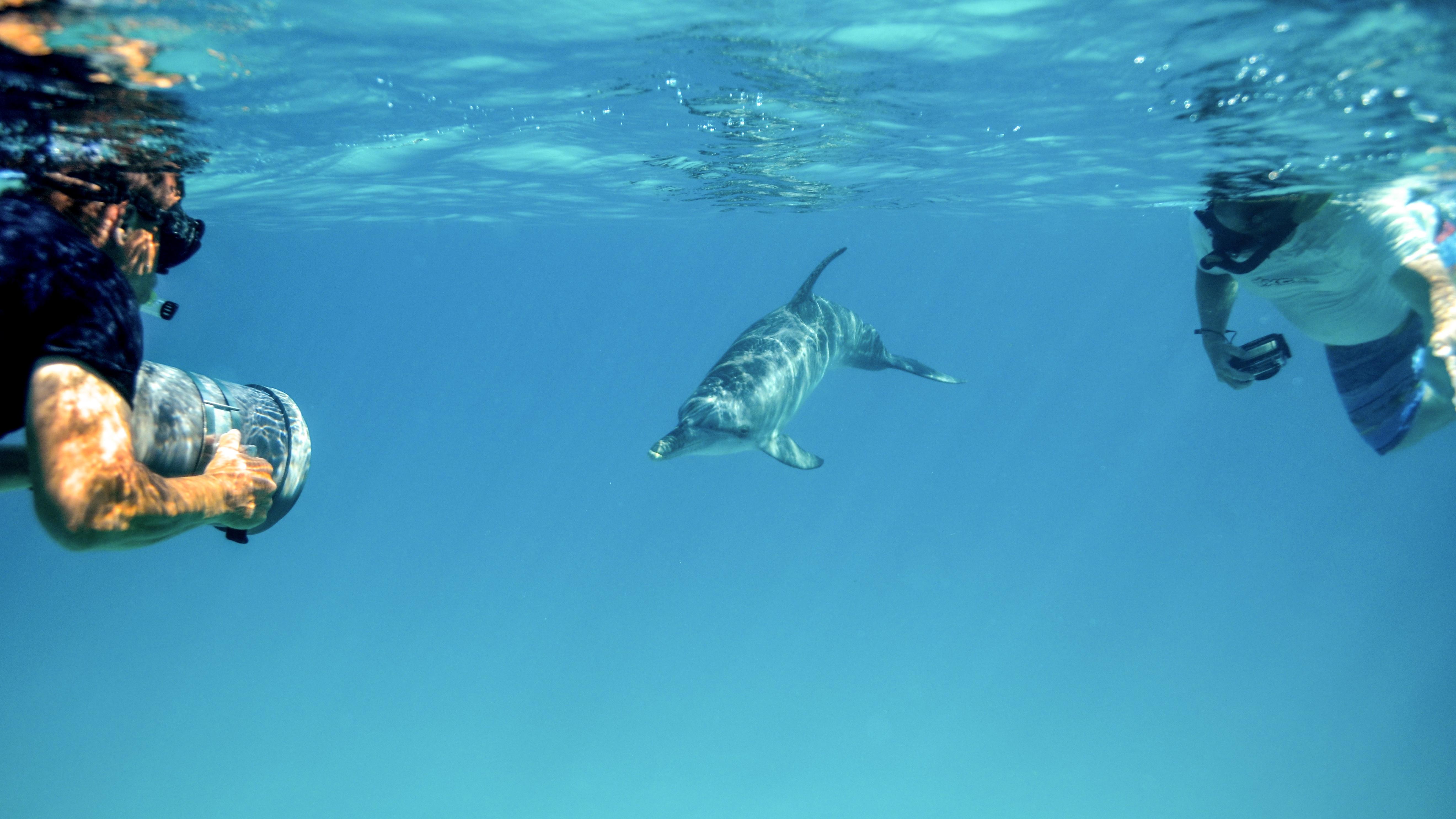
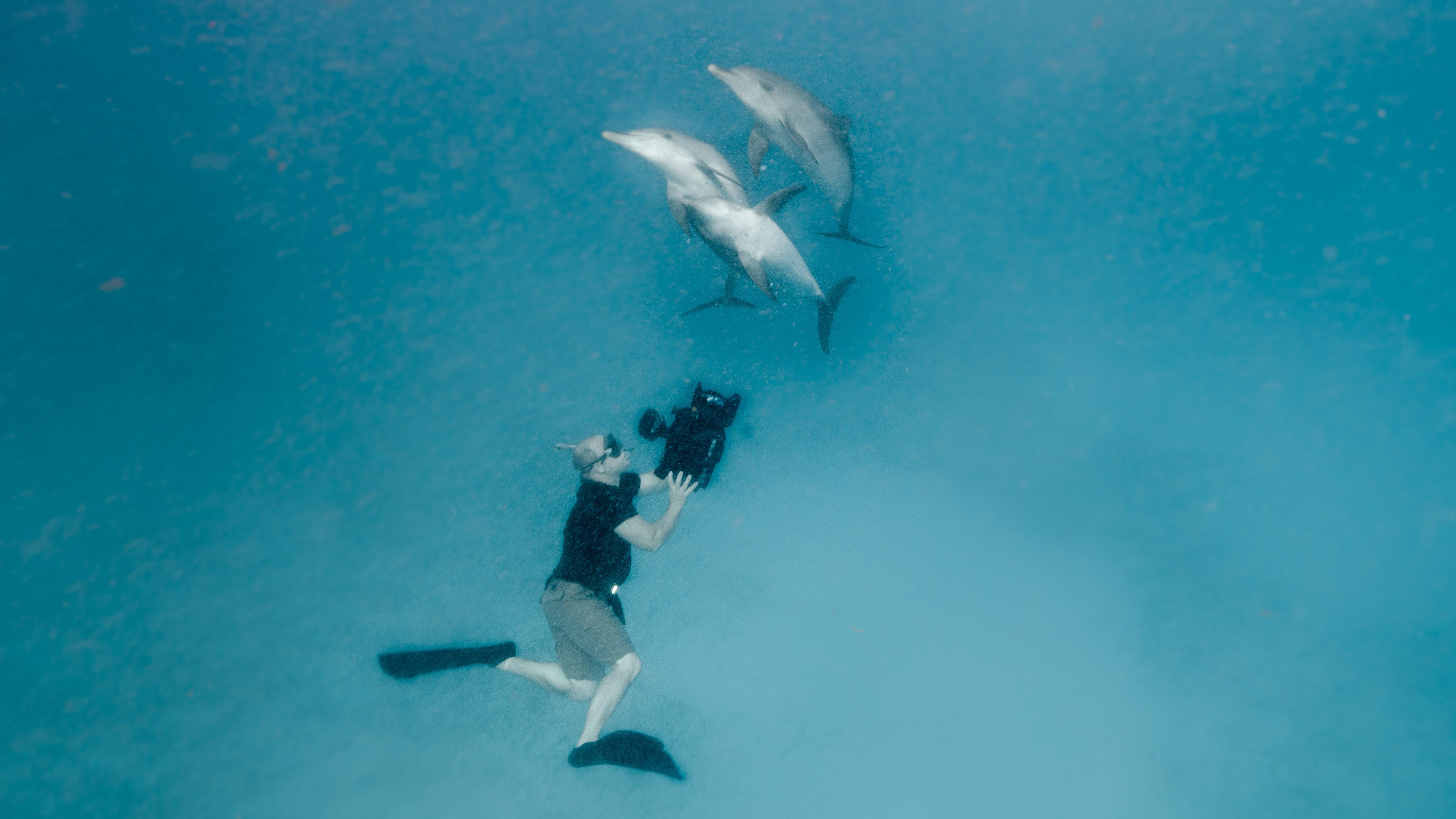
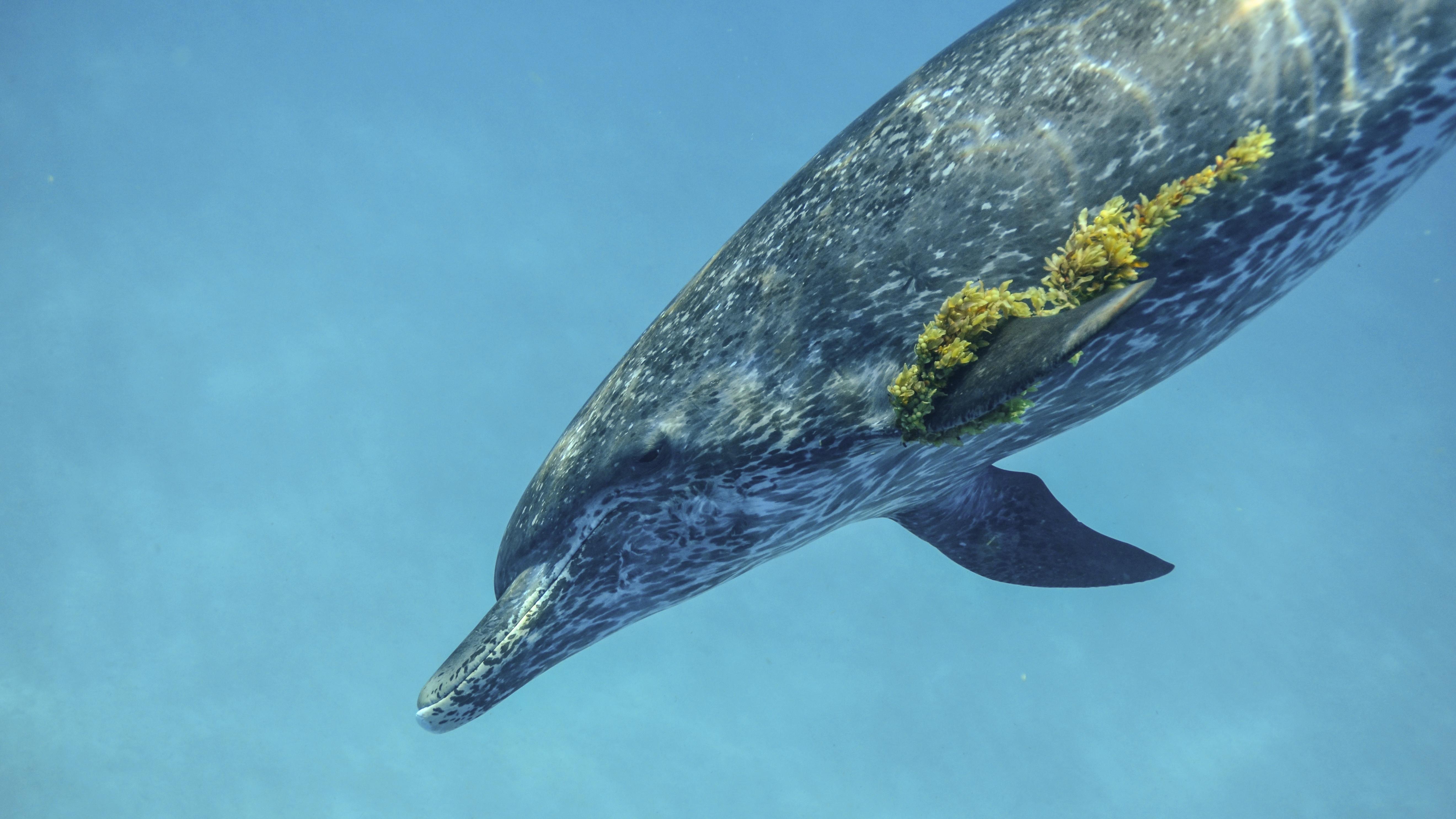
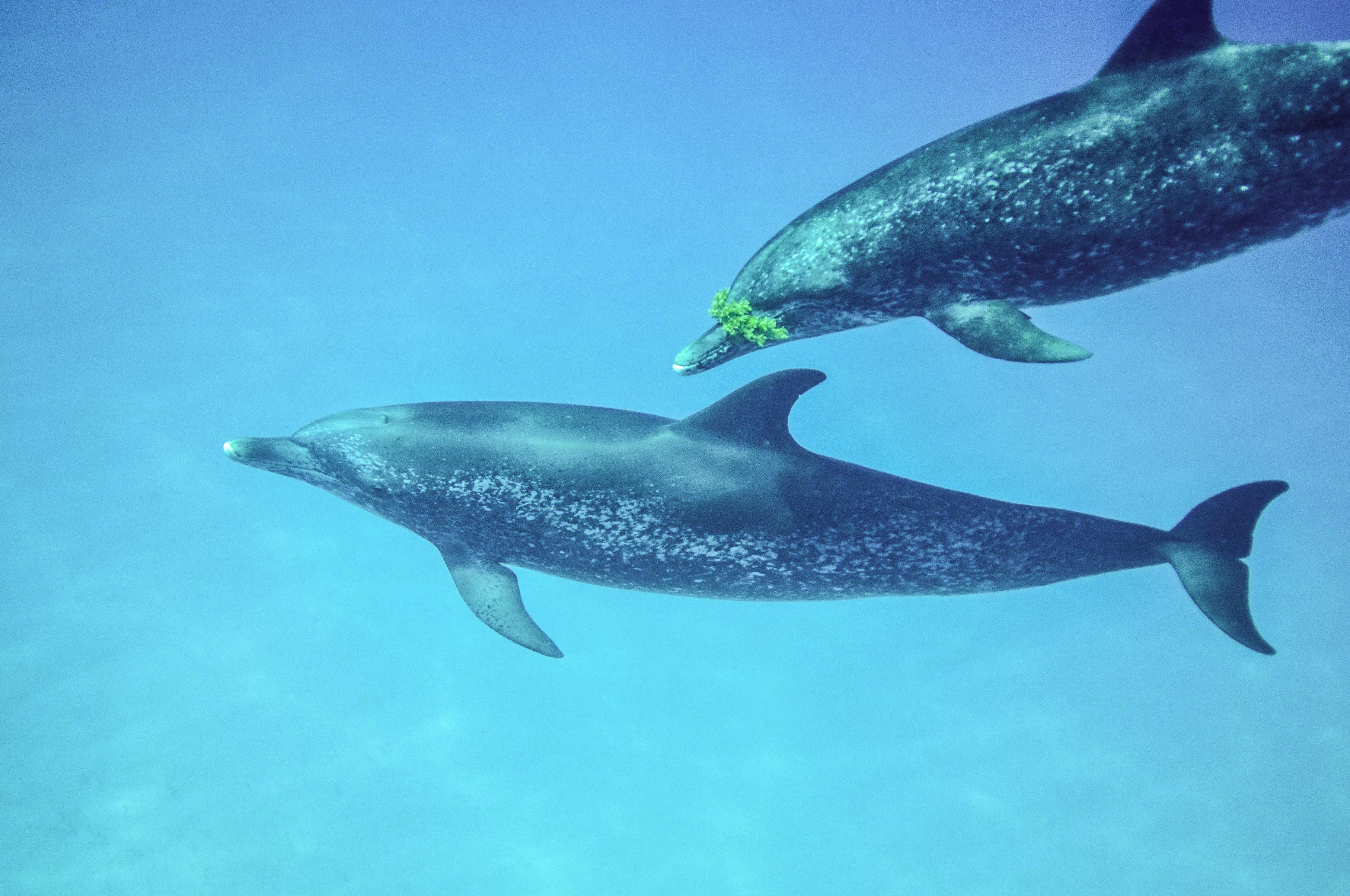

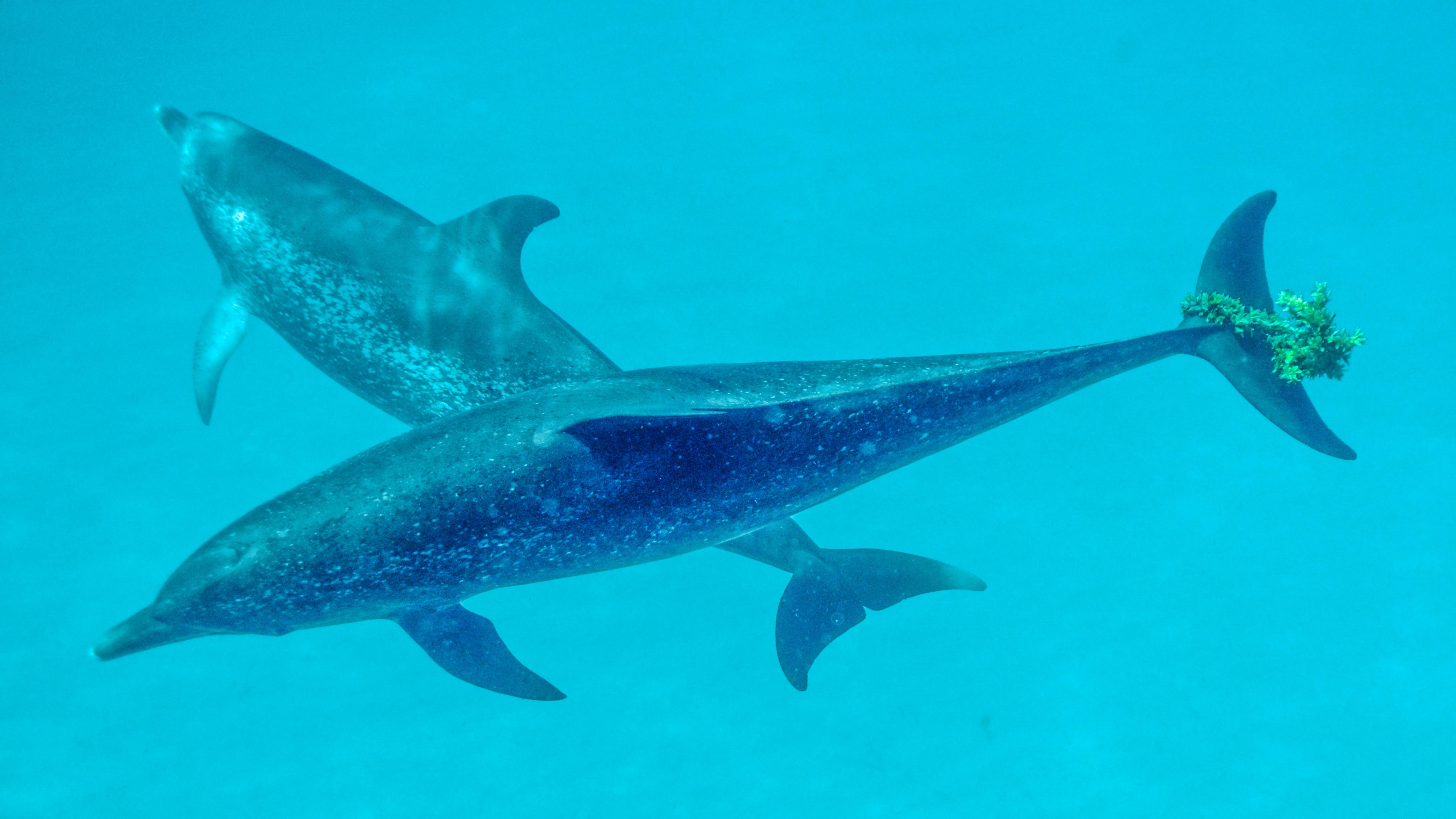
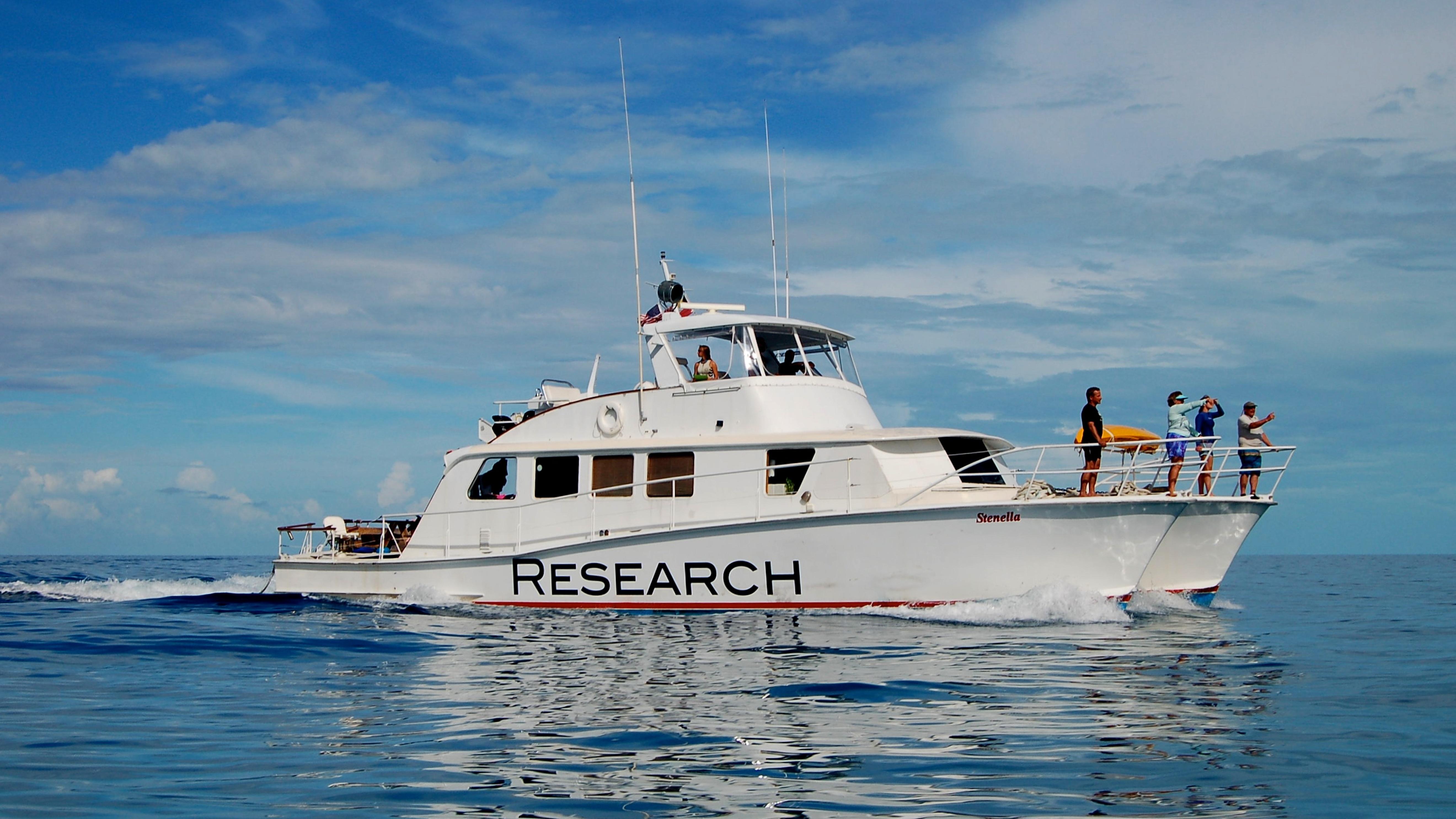
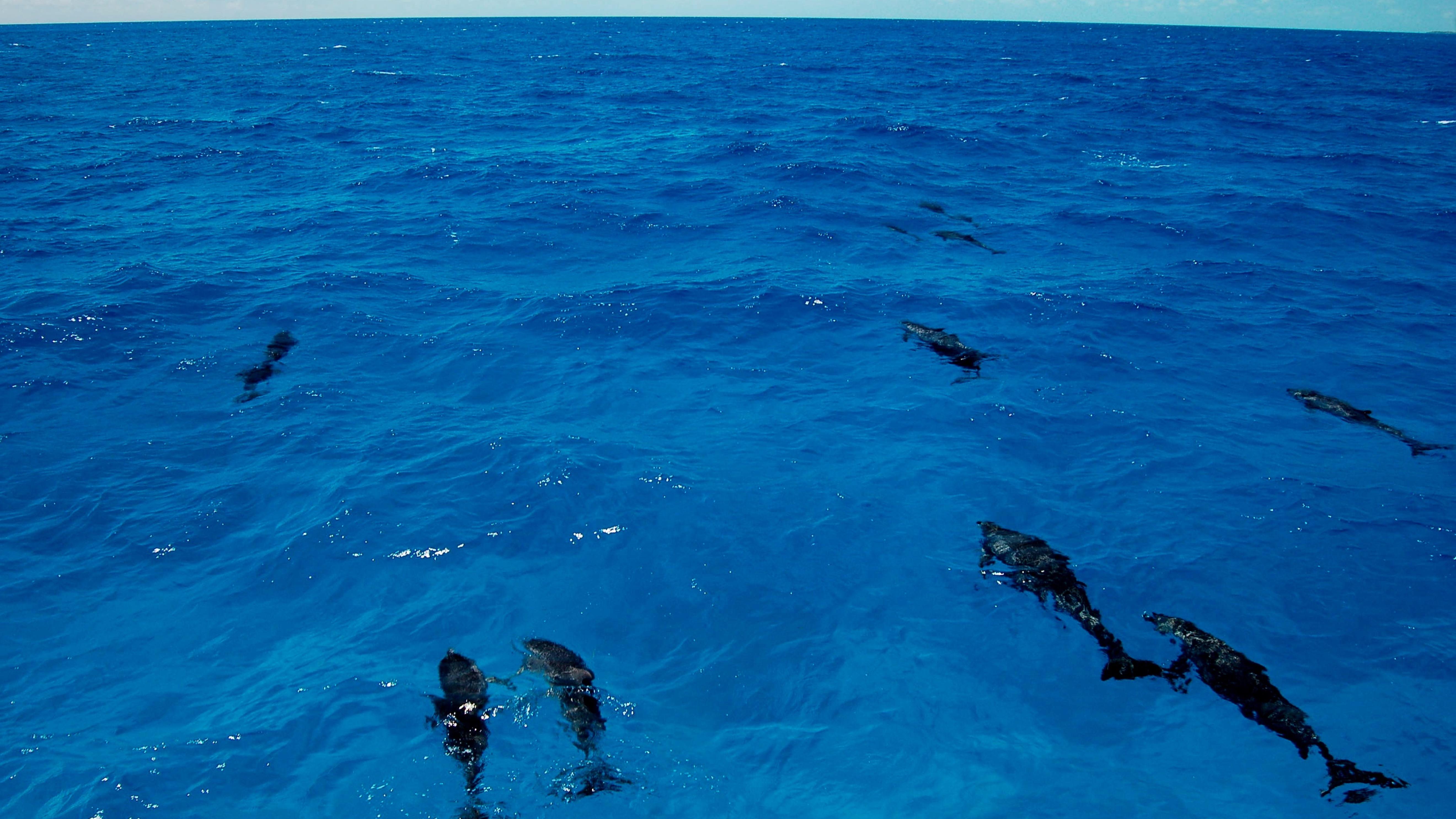
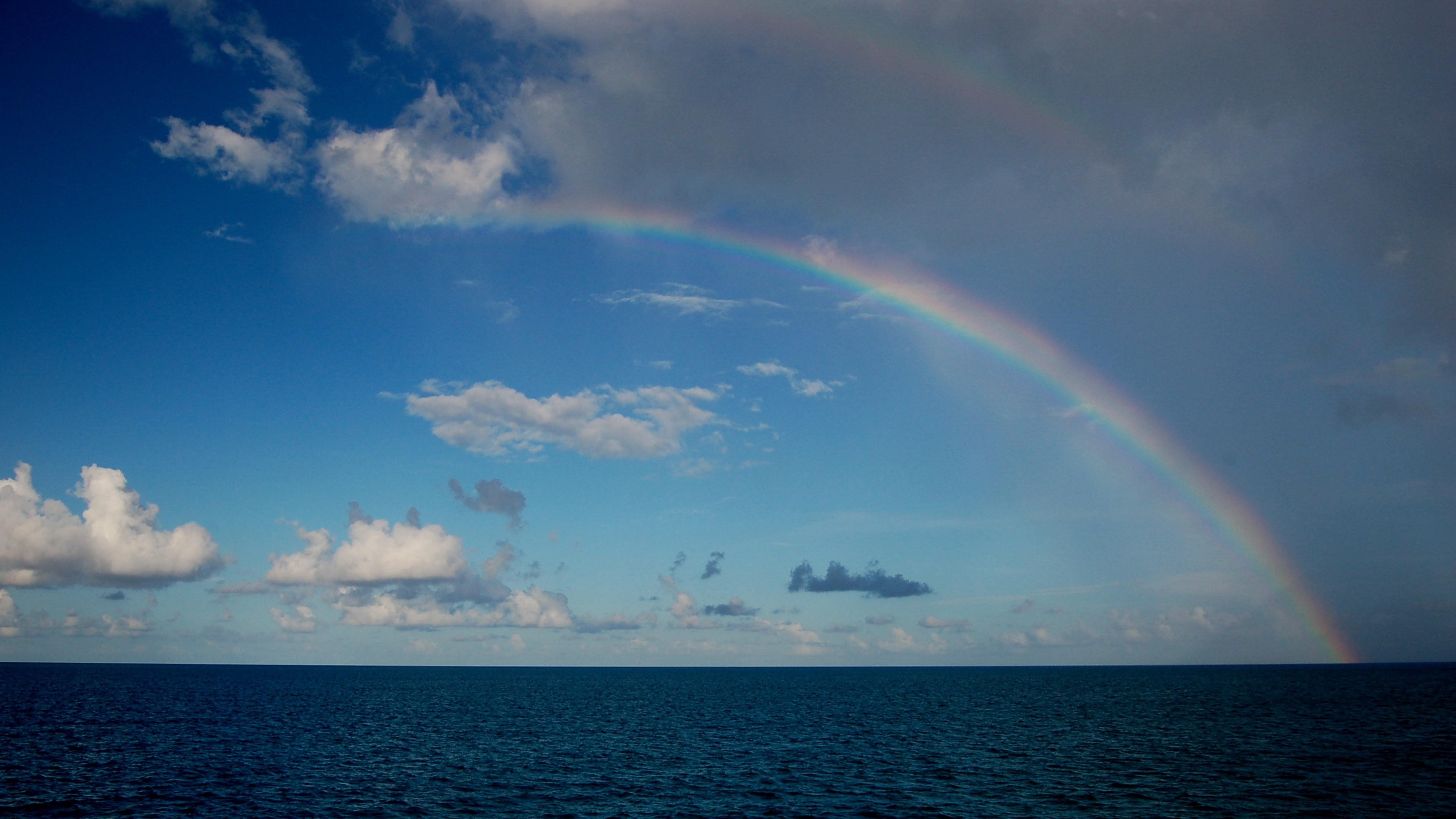
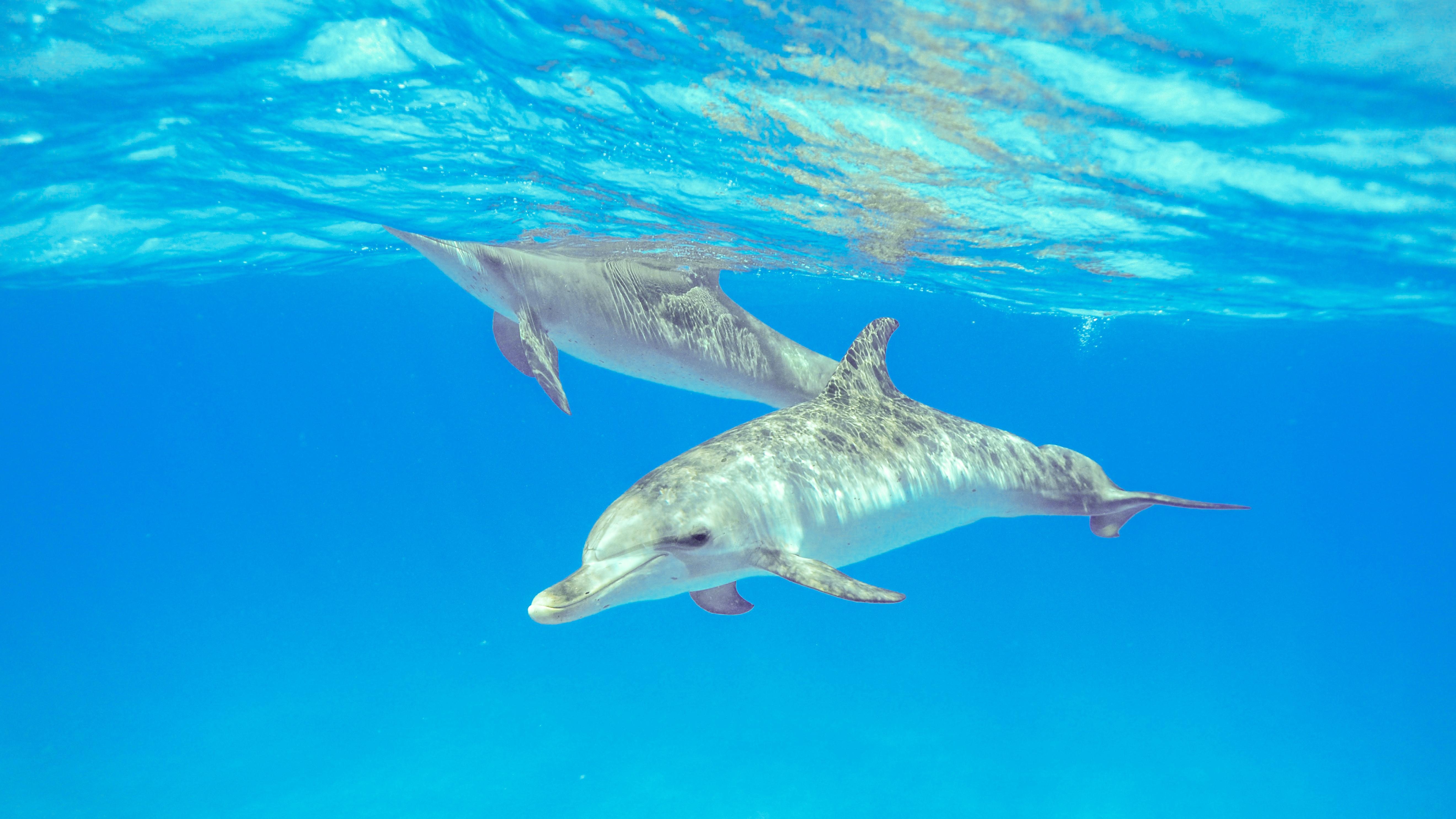
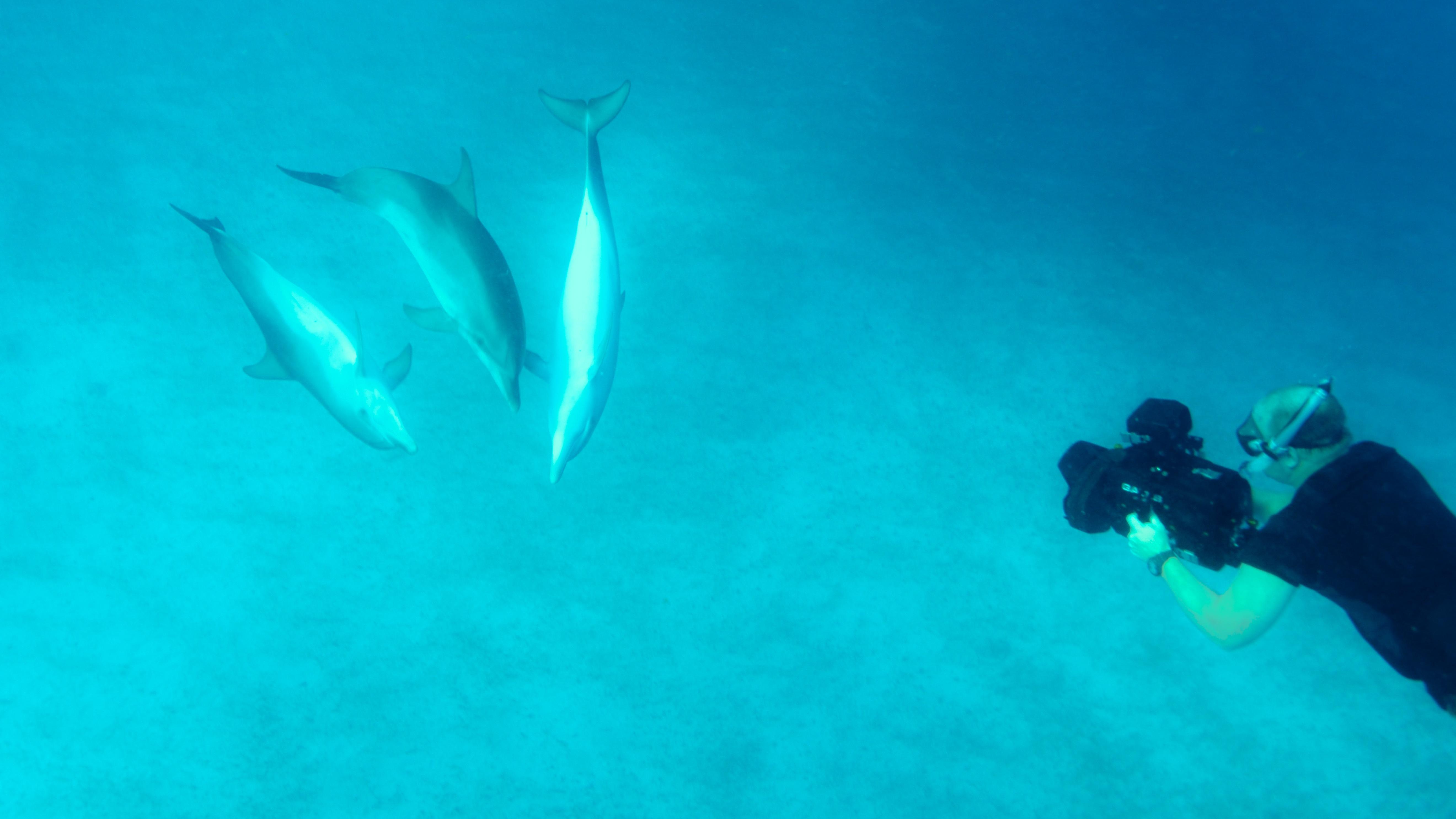
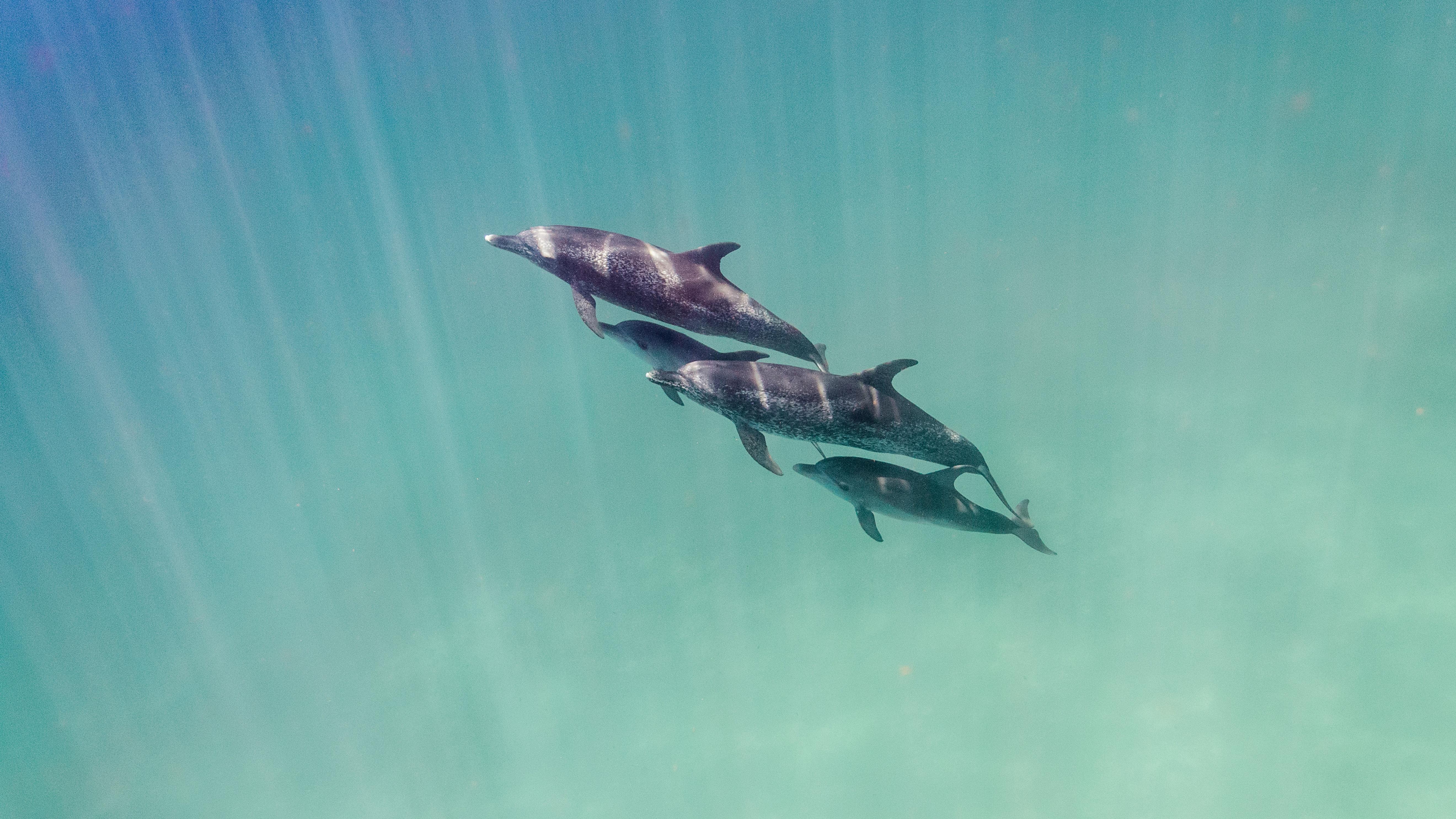
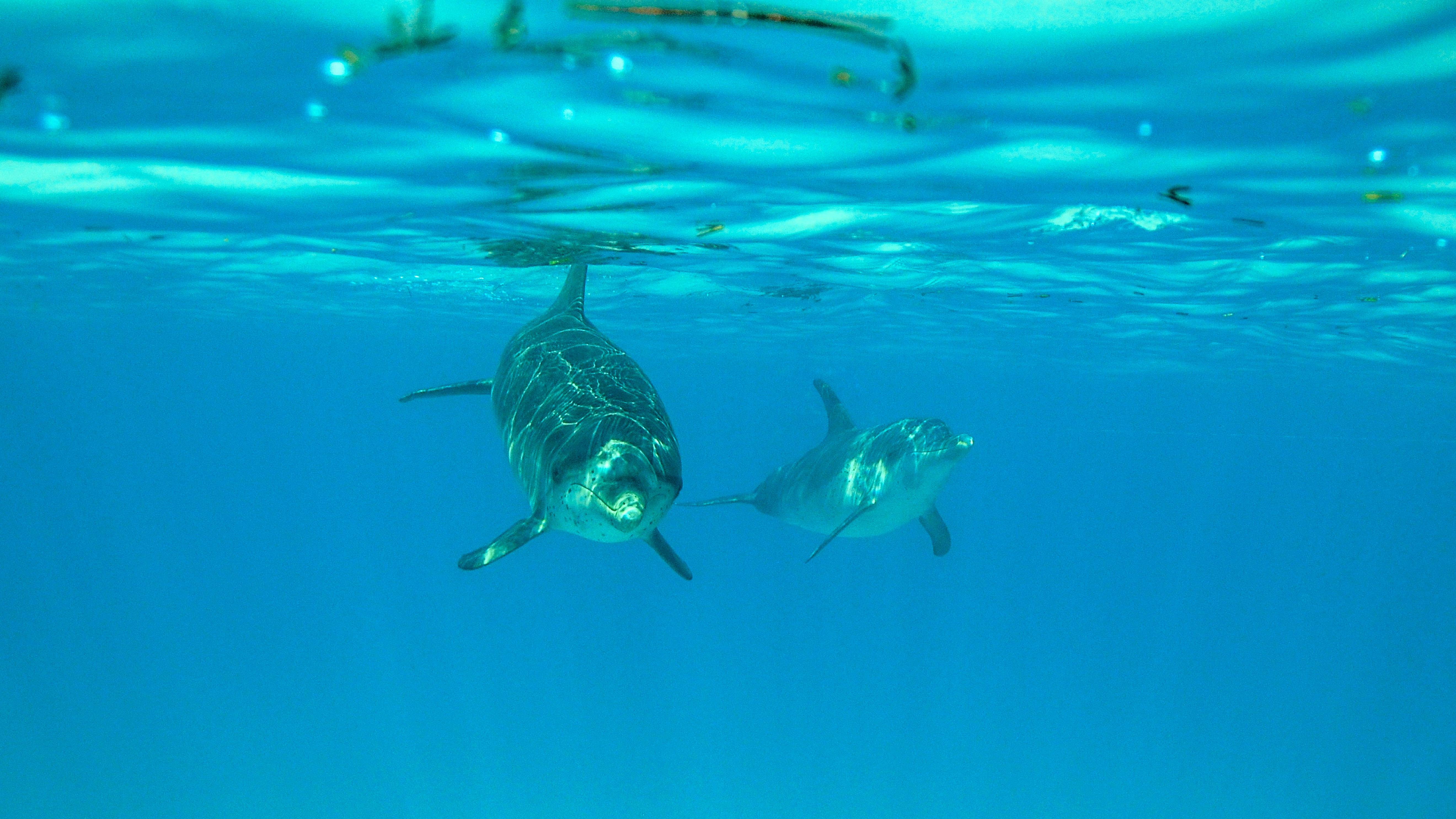
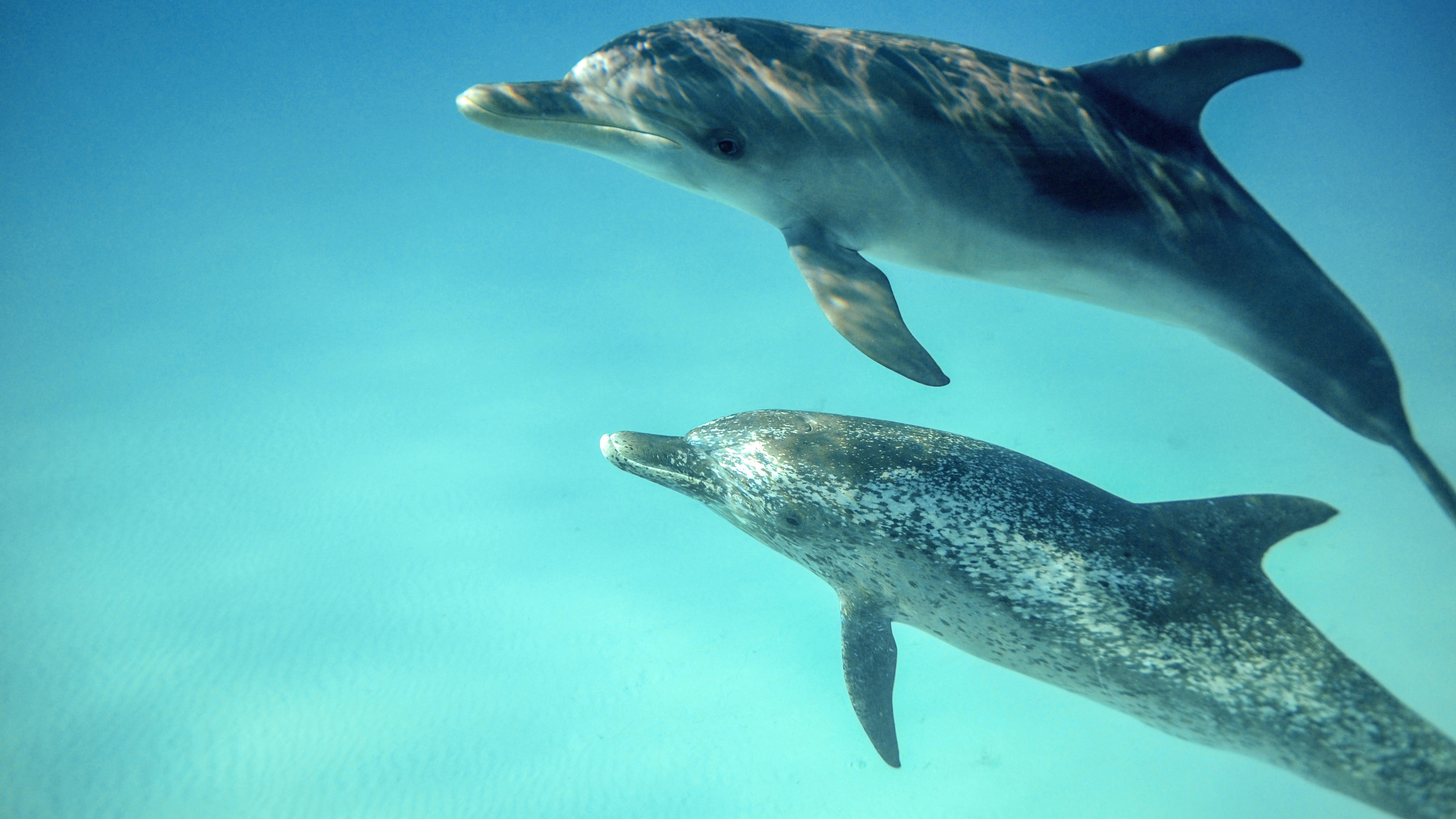
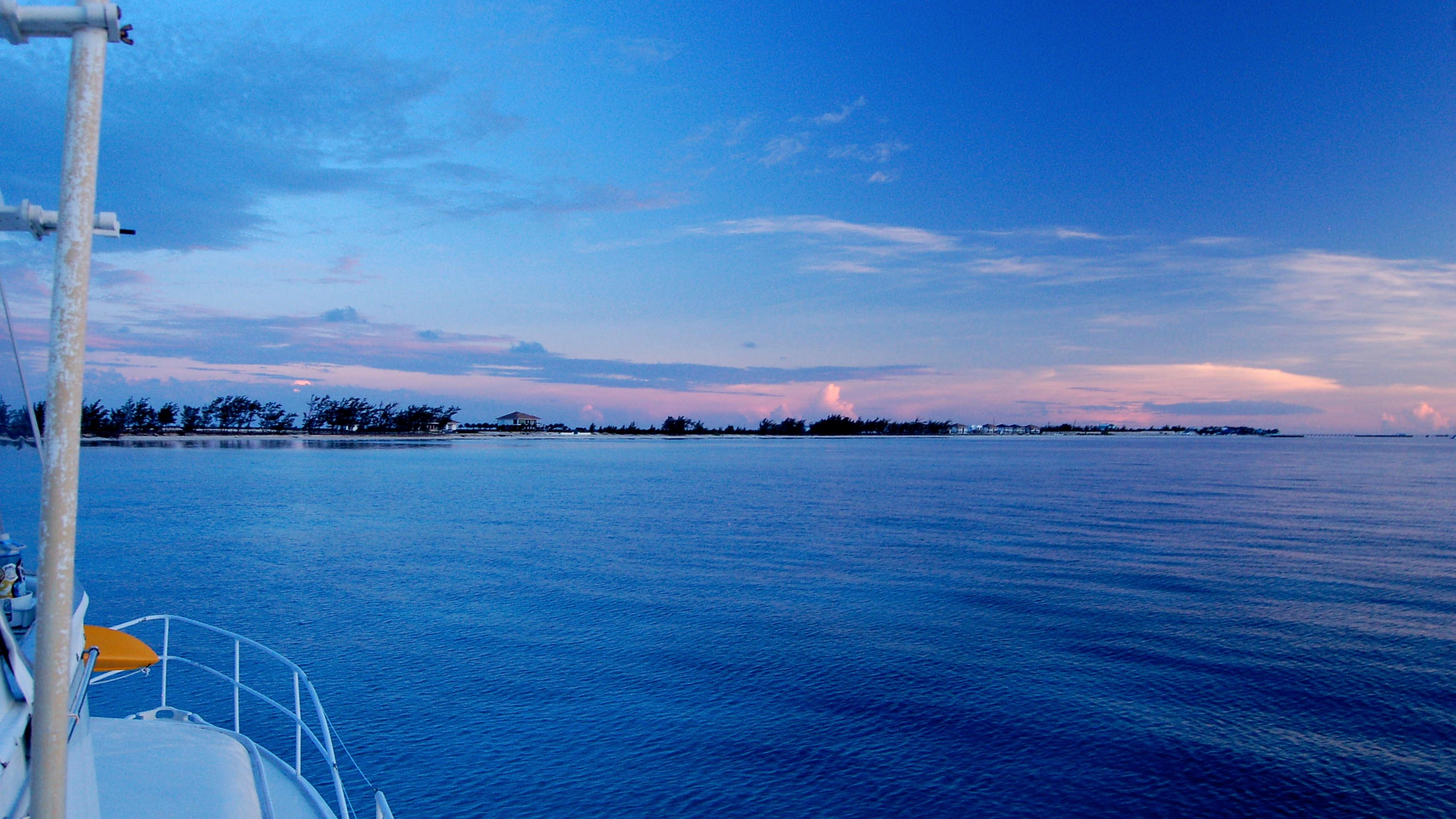
Image Credits
Changing Seas would like to thank the following individuals and institutions who kindly allowed their footage, images and other media to be used in this production:
Denise Herzing, Ph.D.
Bethany Augliere
The Wild Dolphin Project
Adam A. Pack, Ph.D.
The Dolphin Institute
Matthias Hoffmann-Kuhnt, Ph.D.
Diana Reiss, Ph.D.
Michael Neugebauer
The Jane Goodall Institute
Special Thanks:
Funding for this episode of Changing Seas was provided by:

